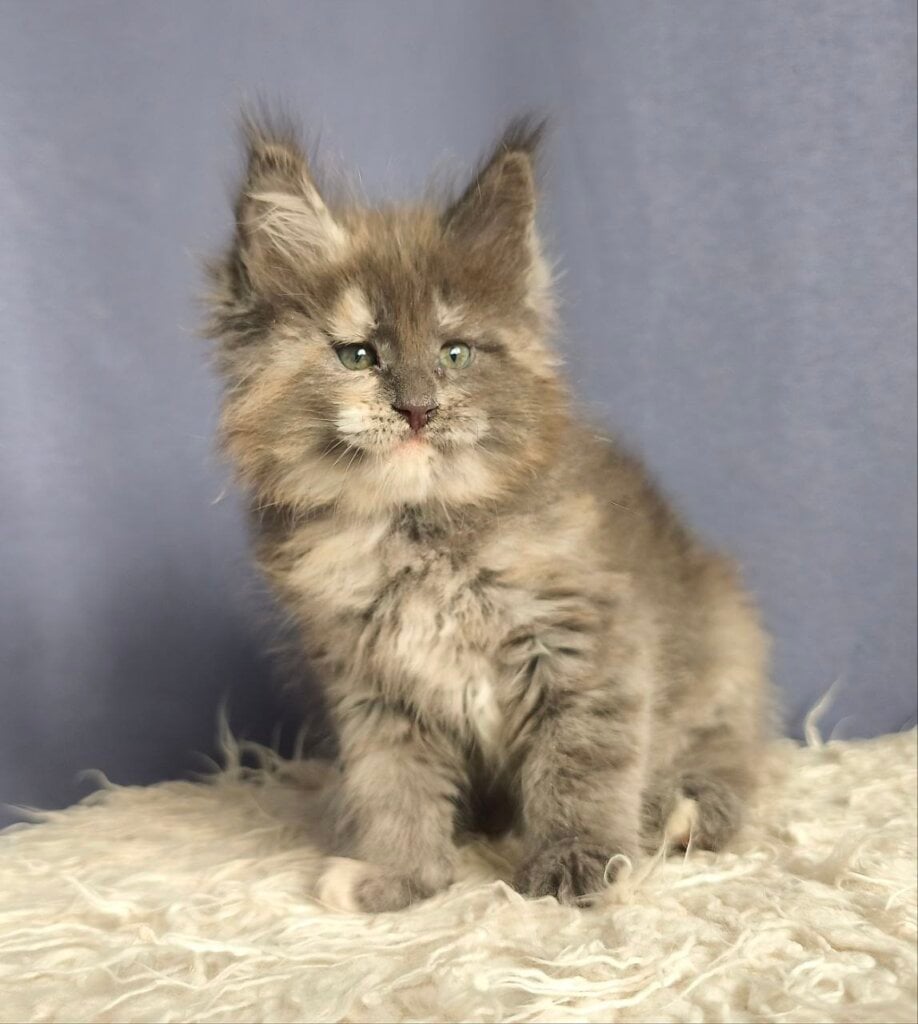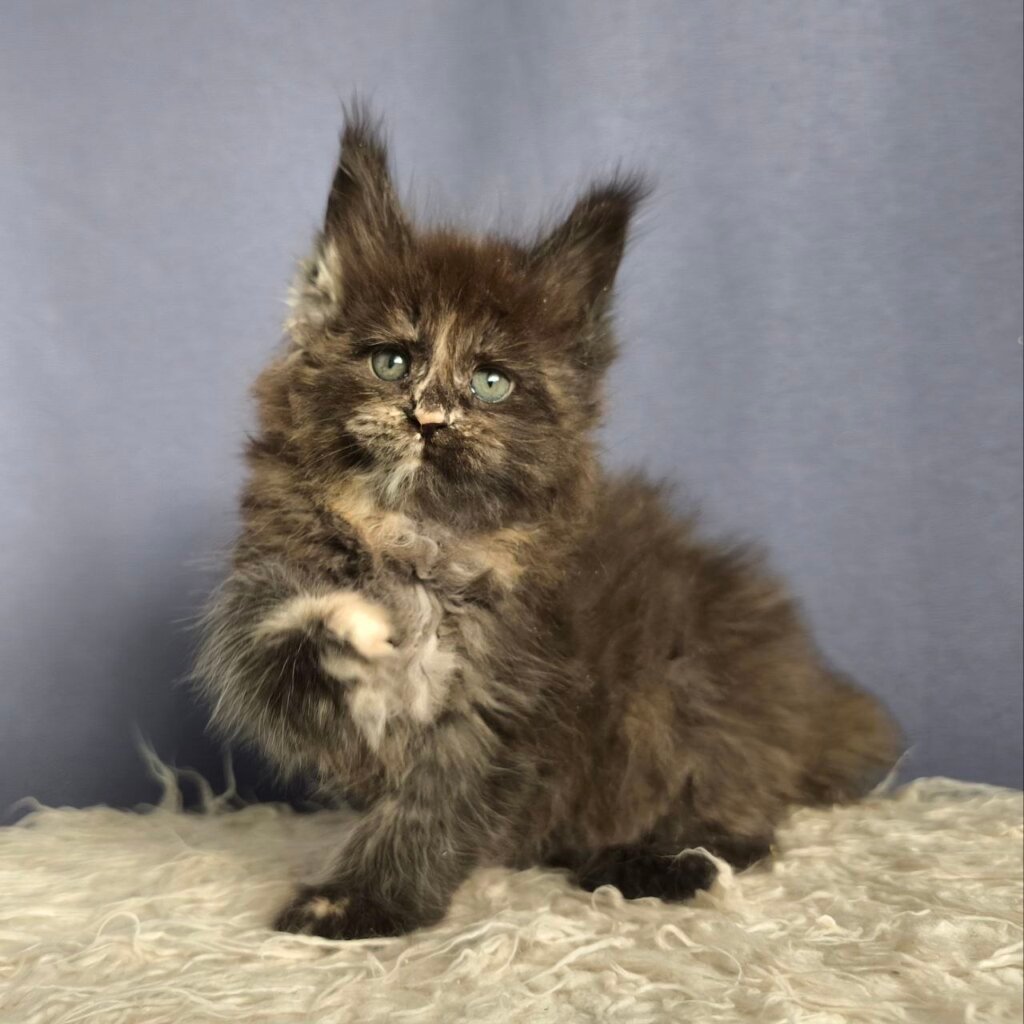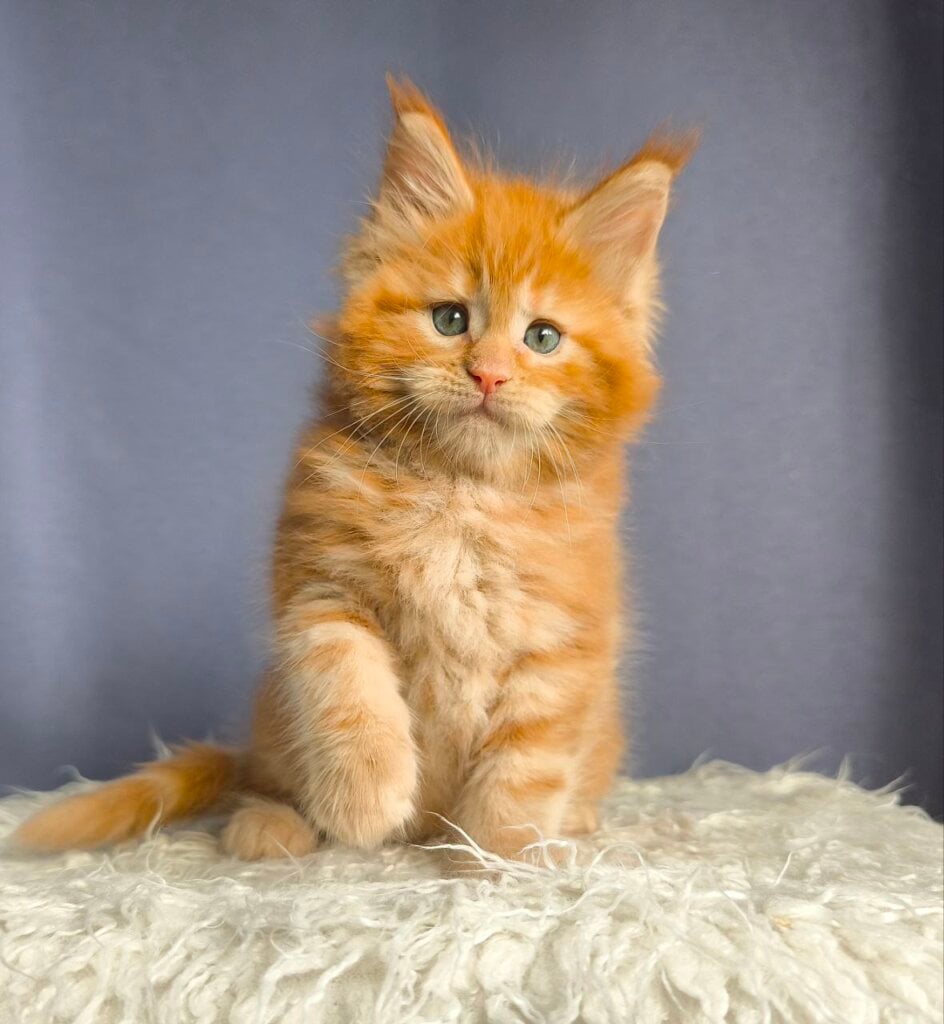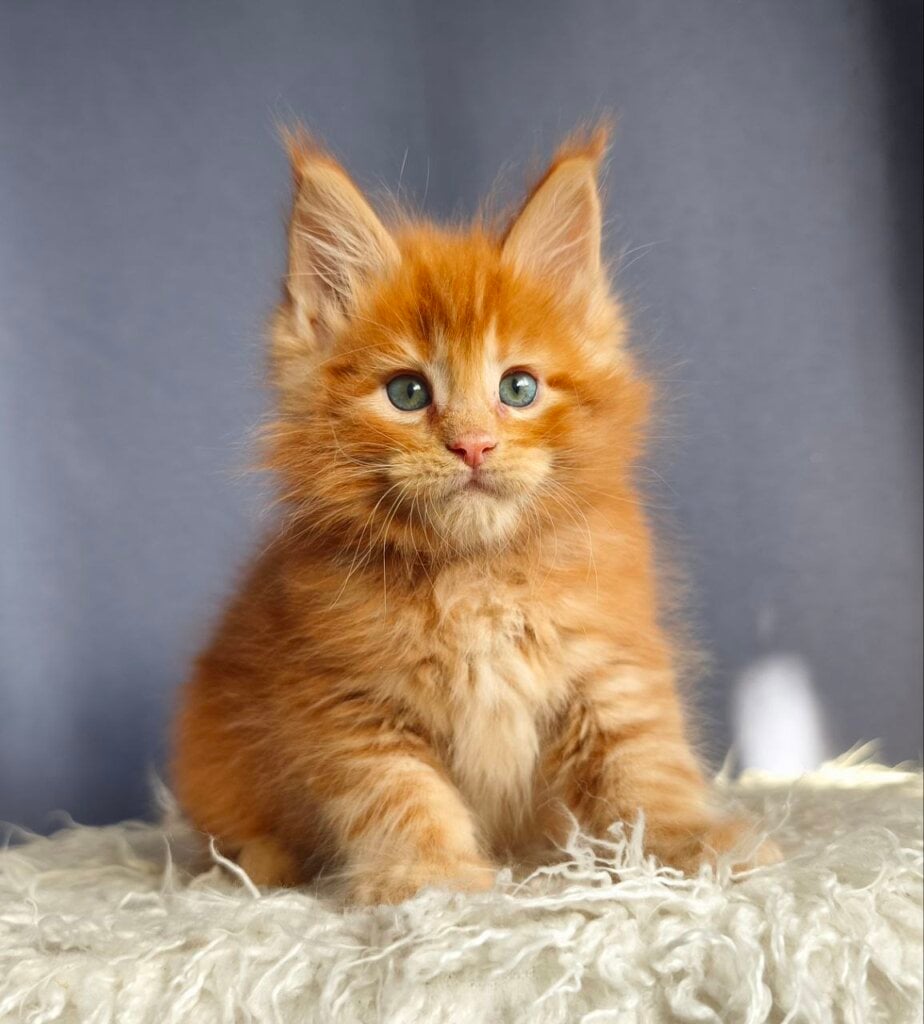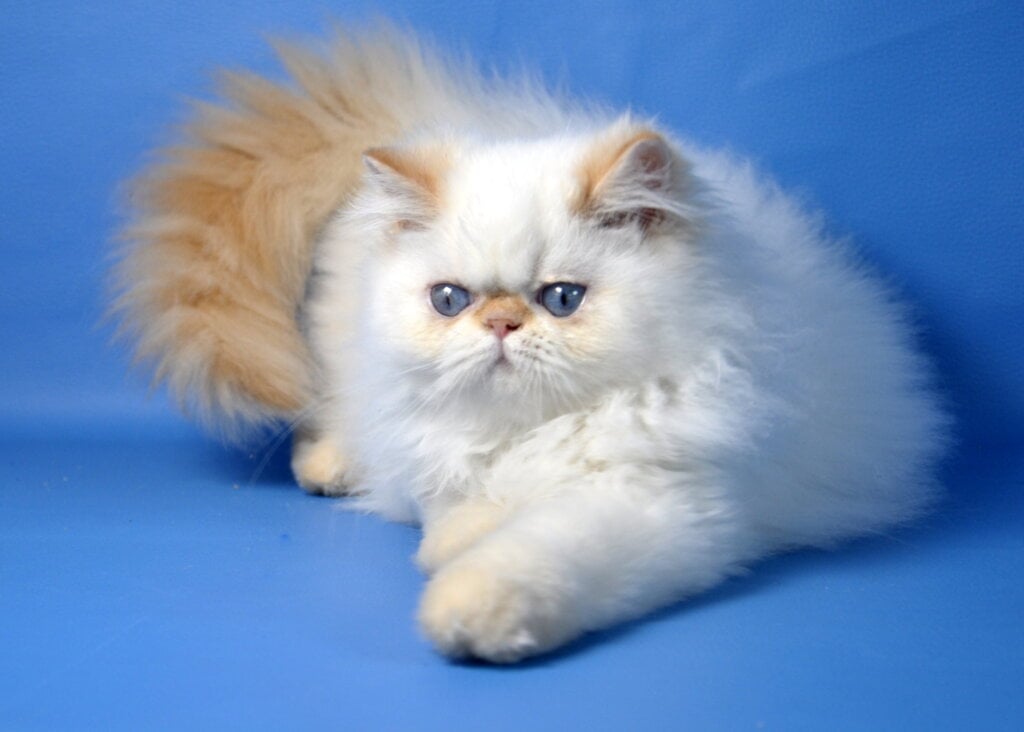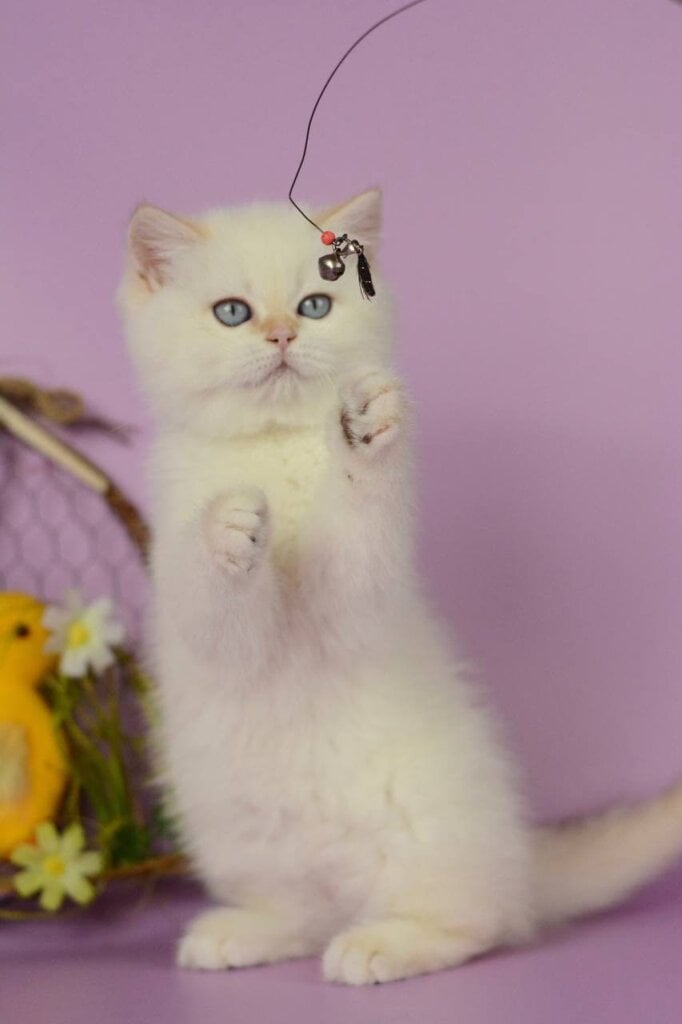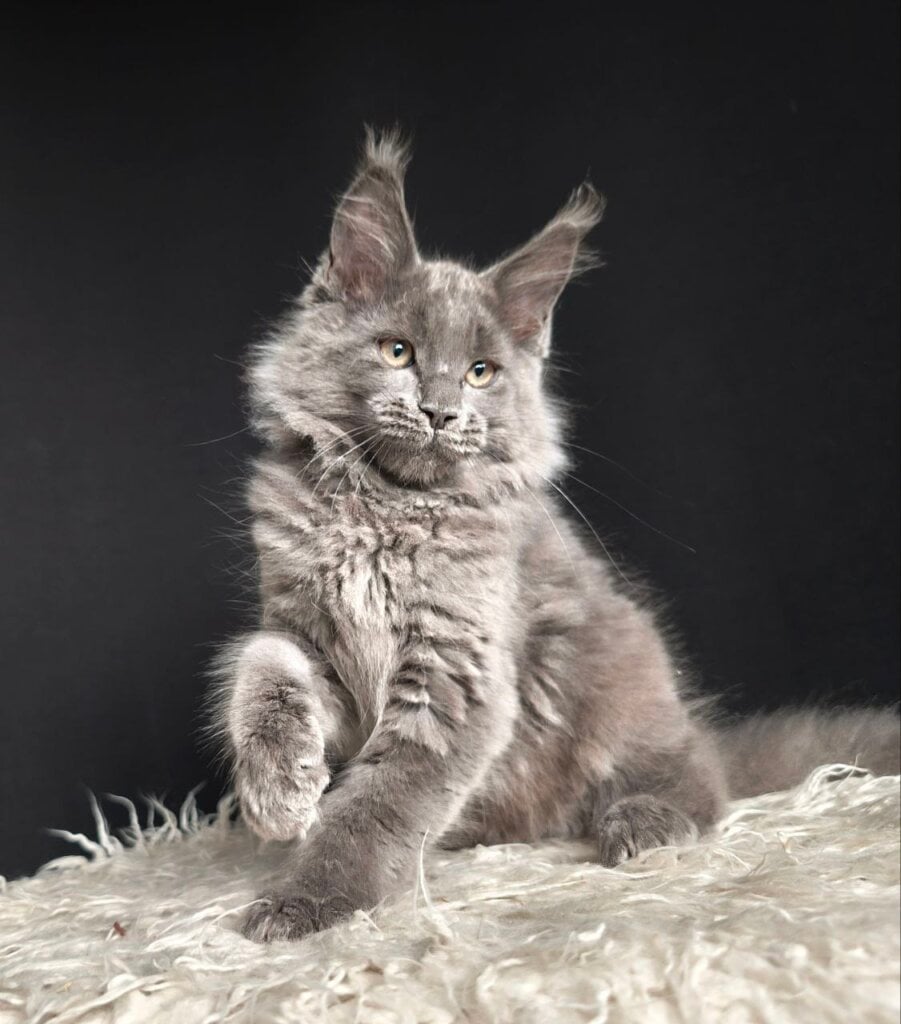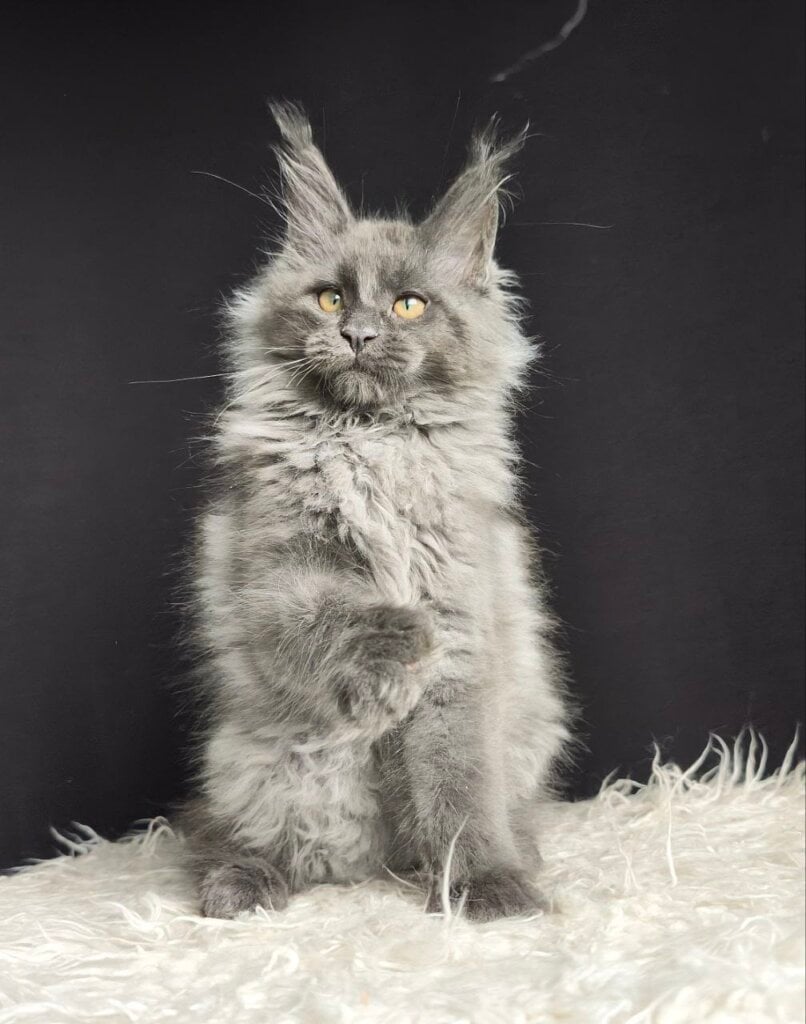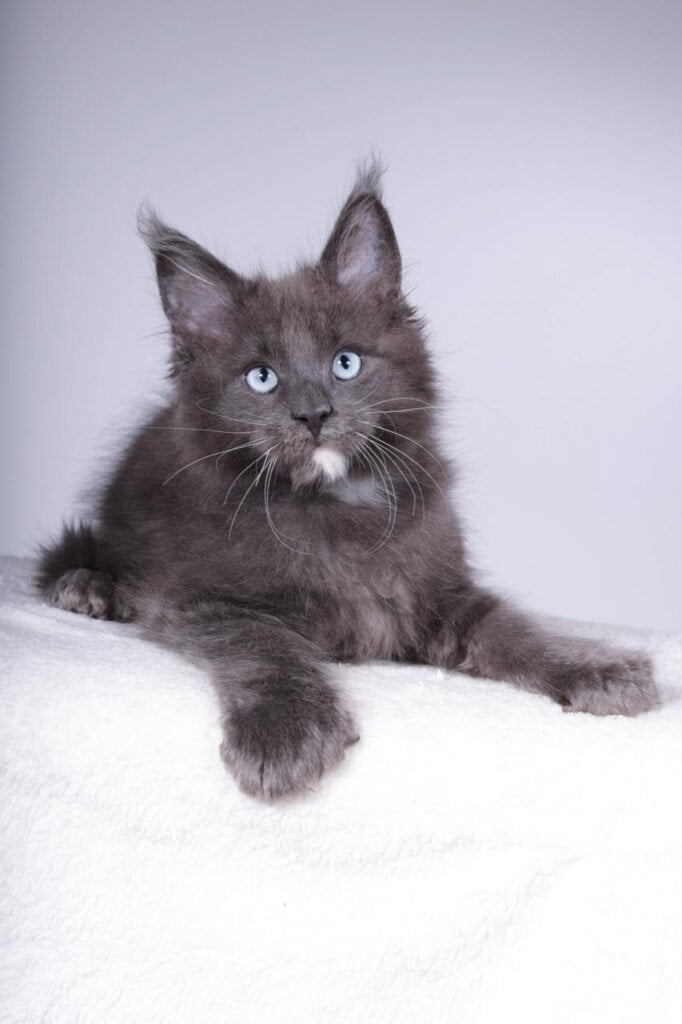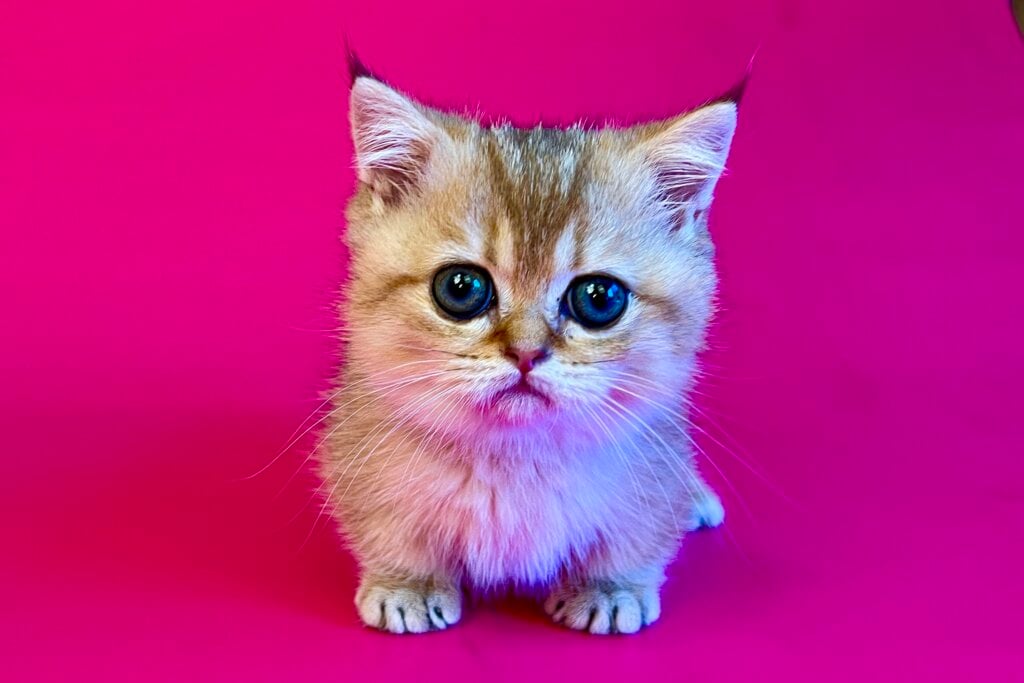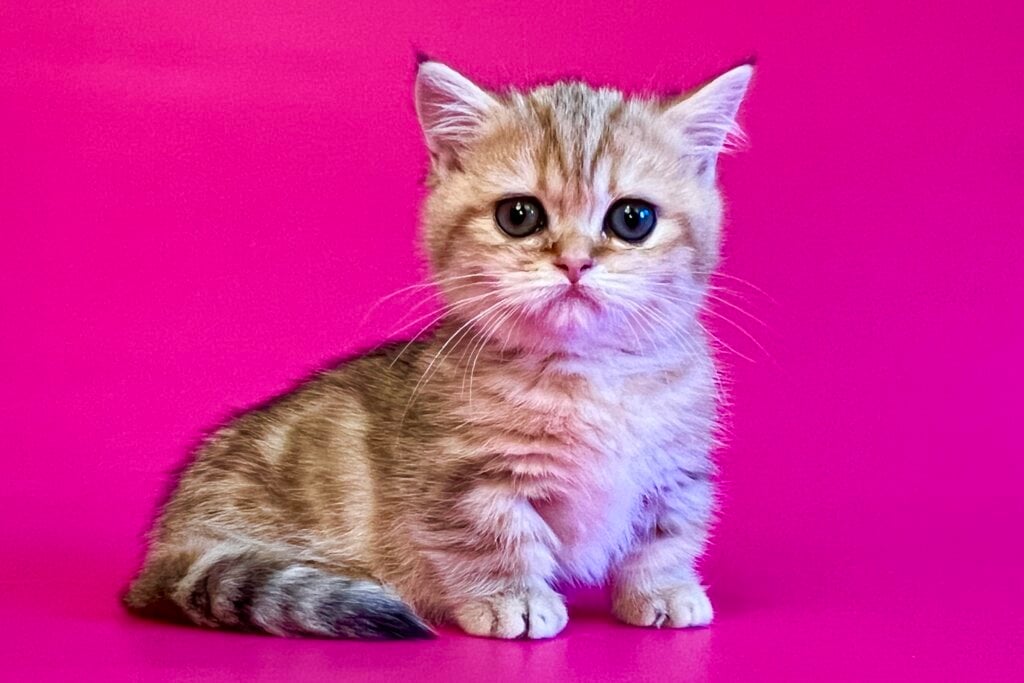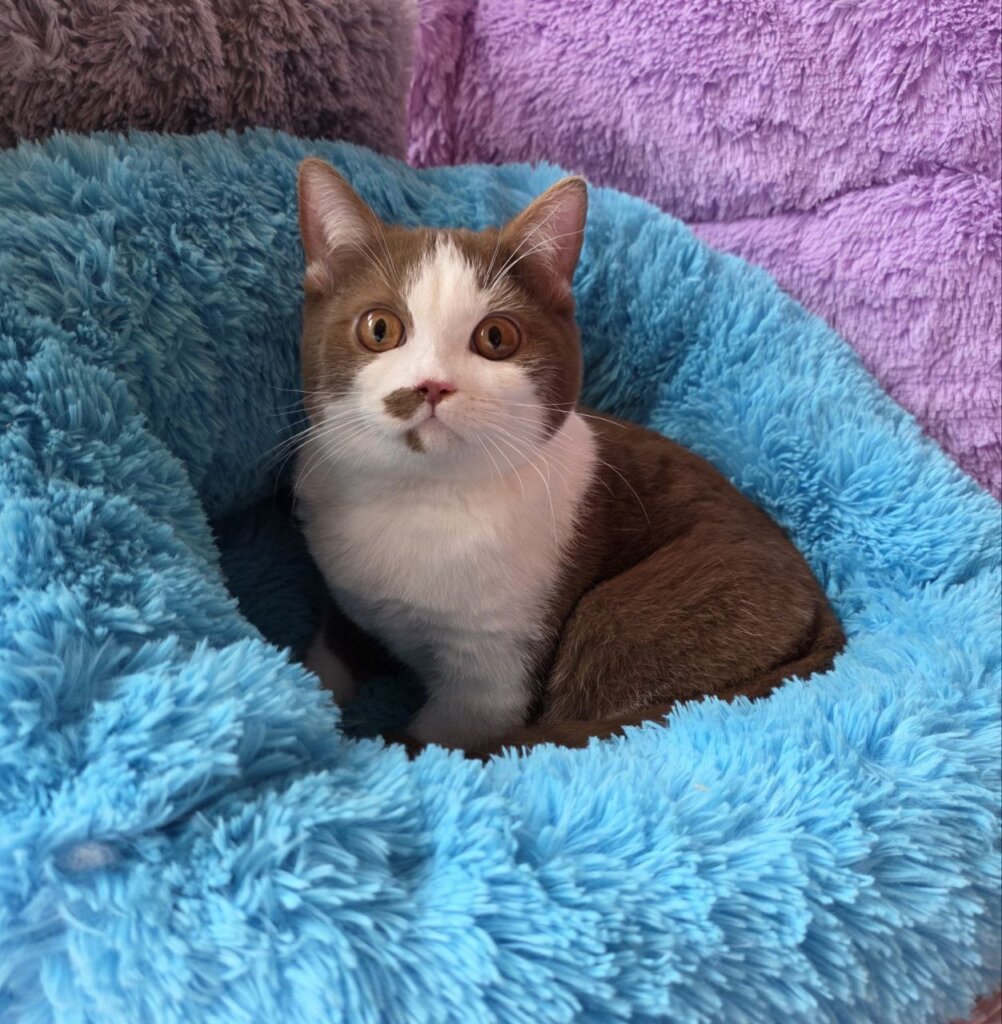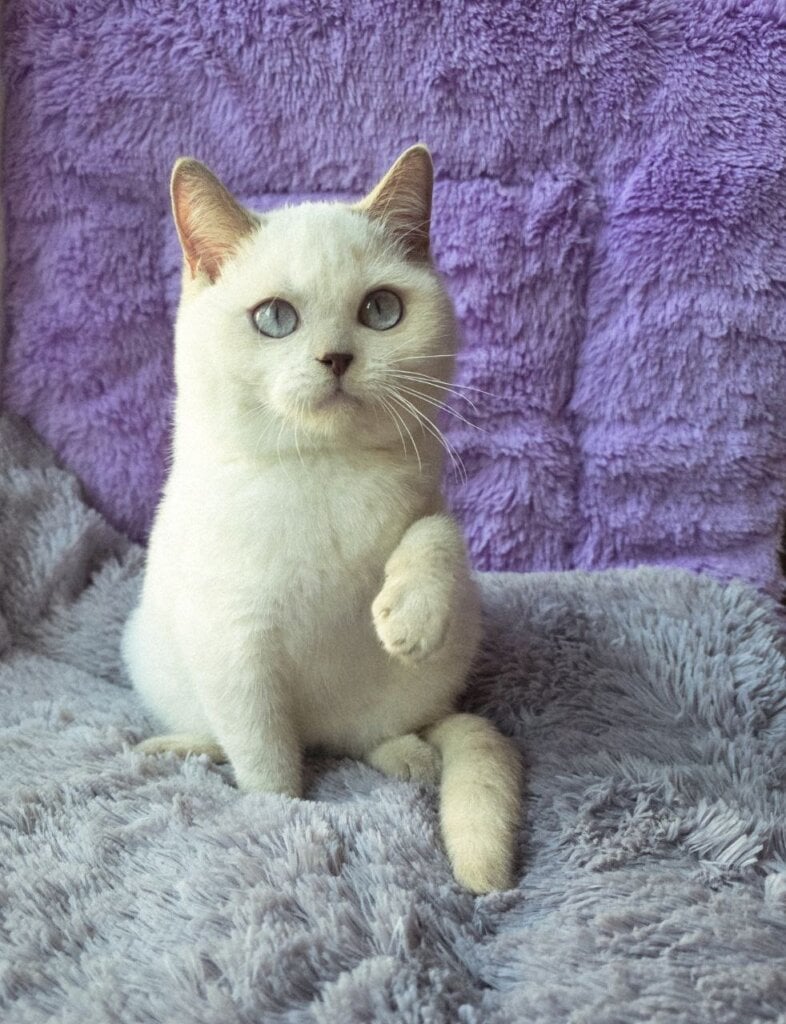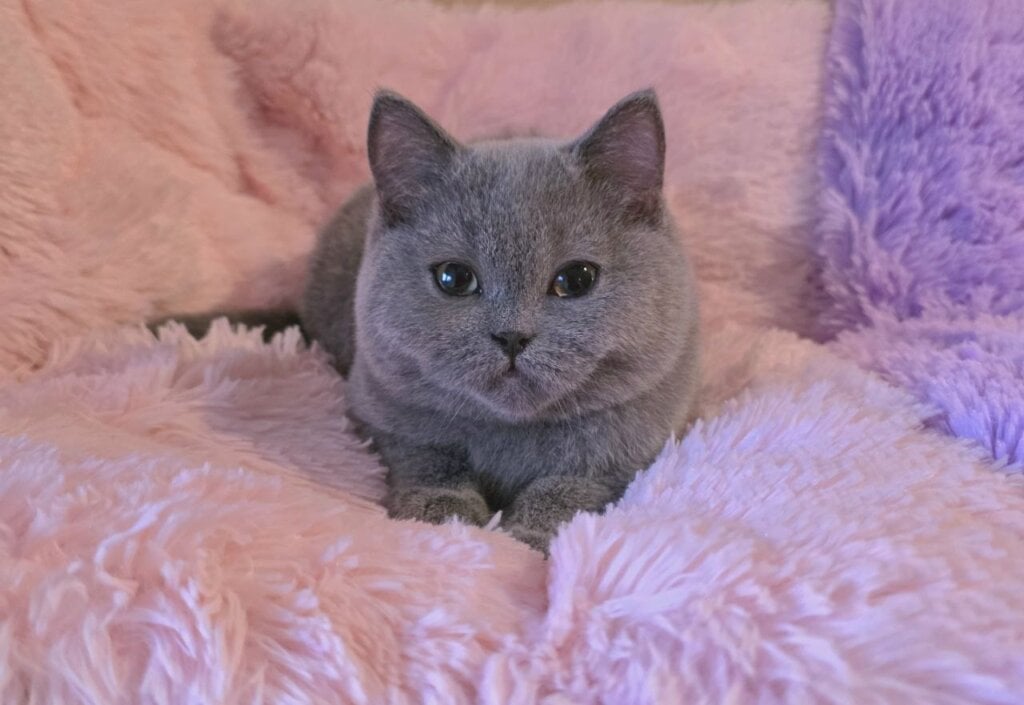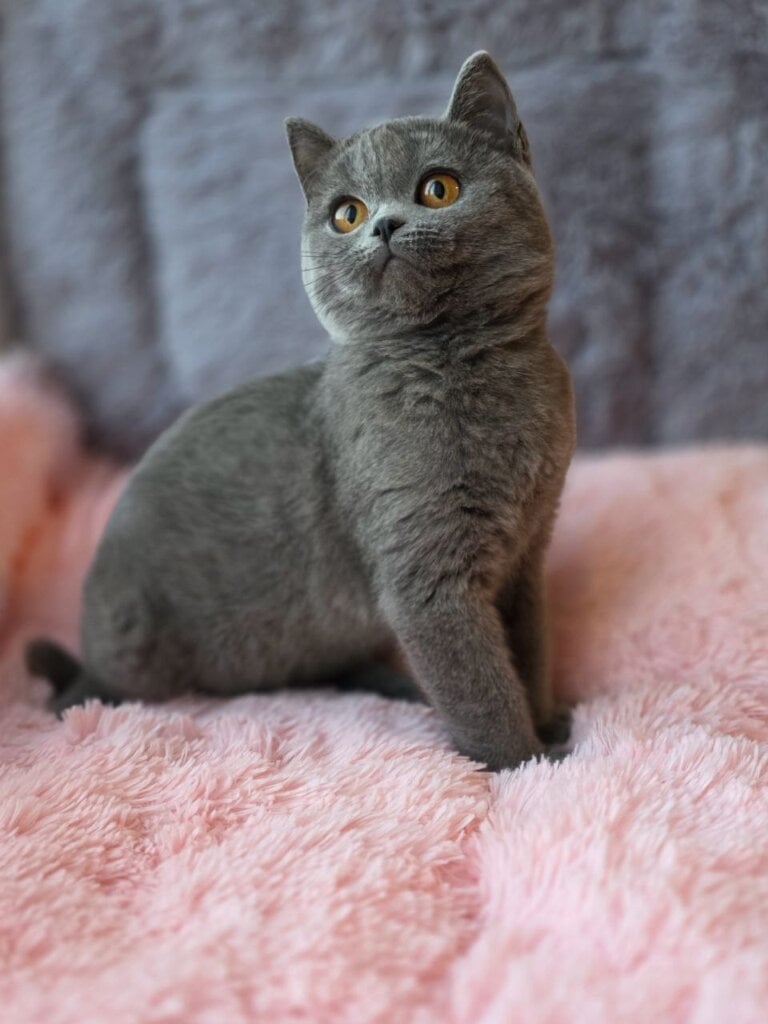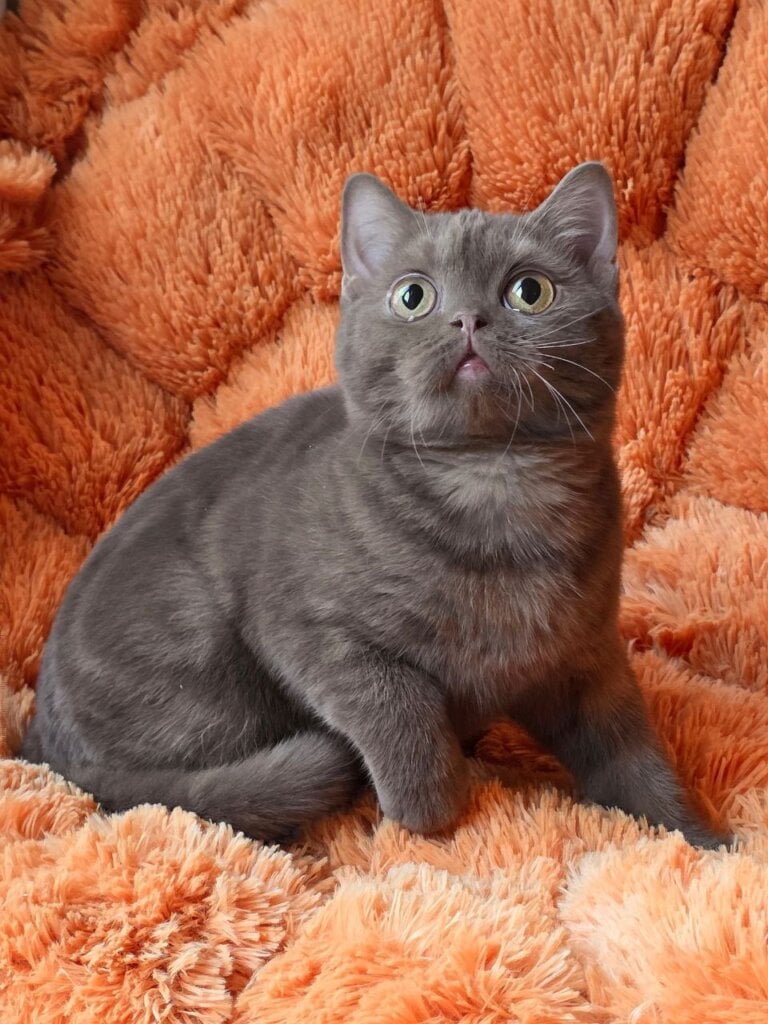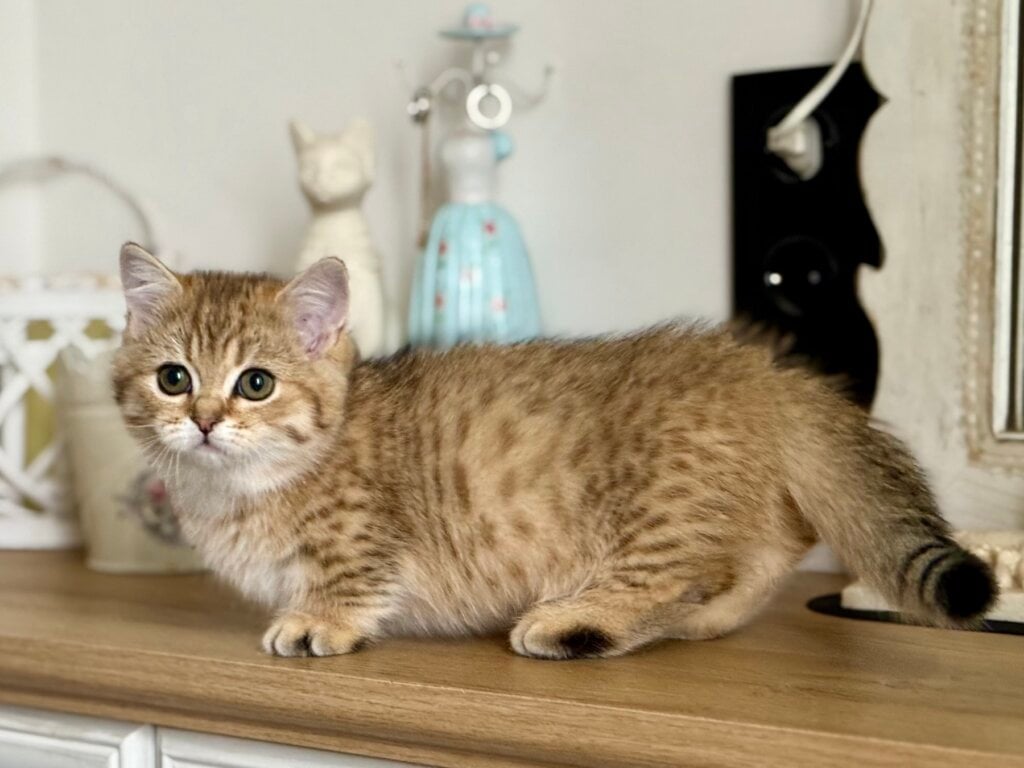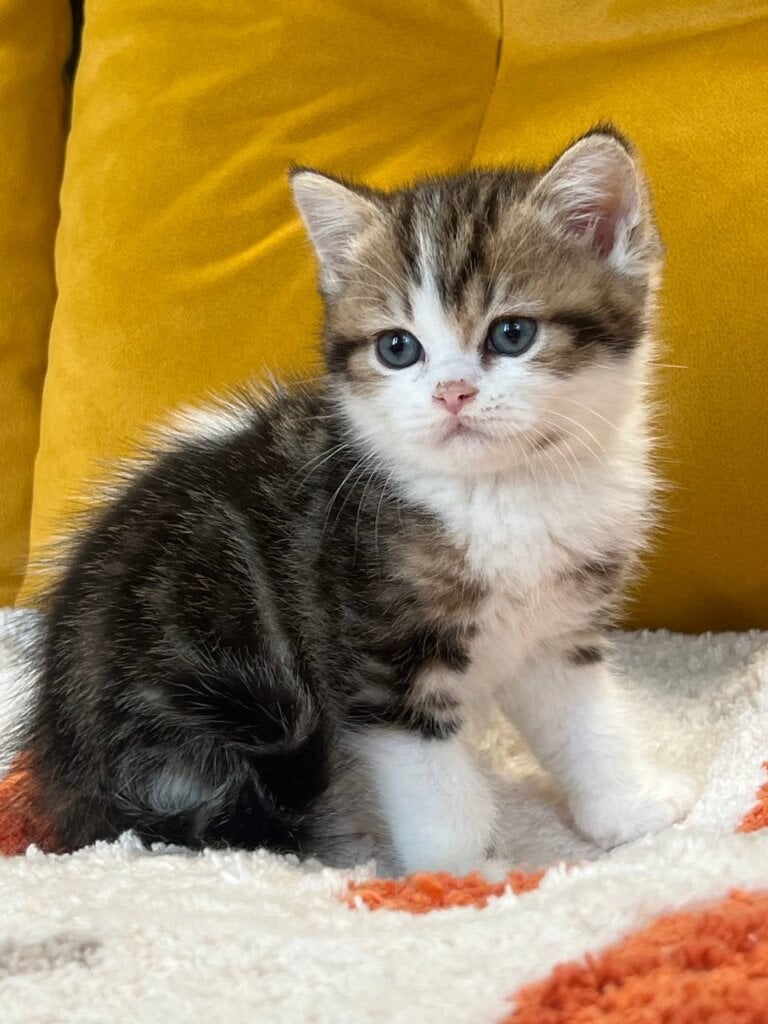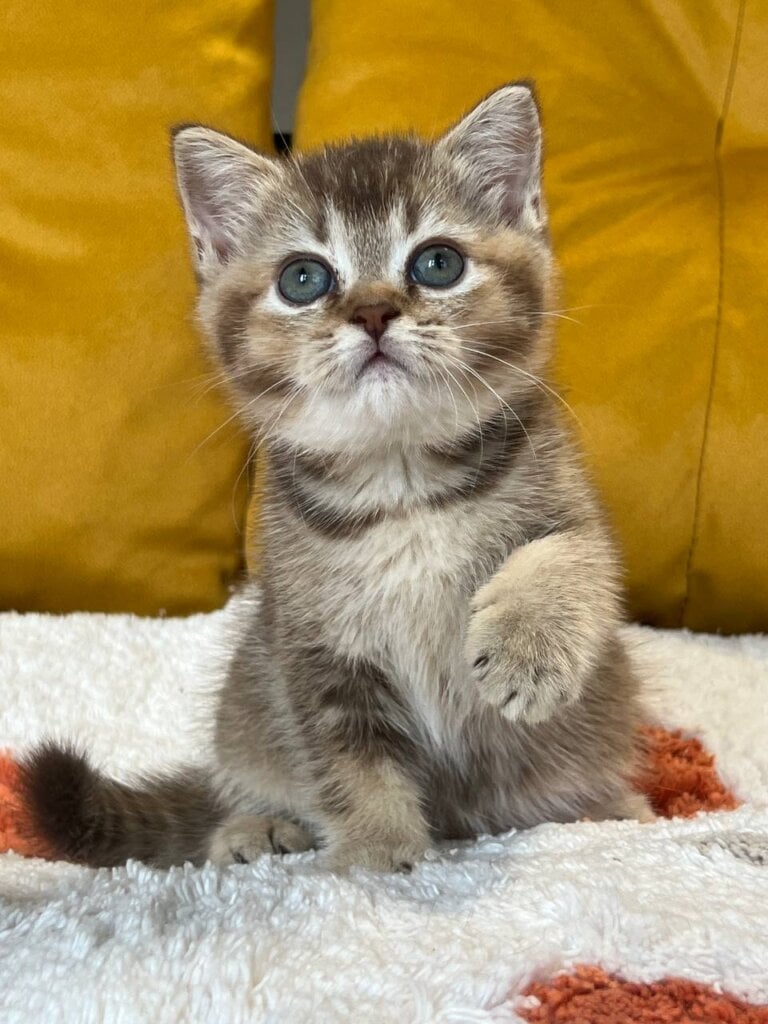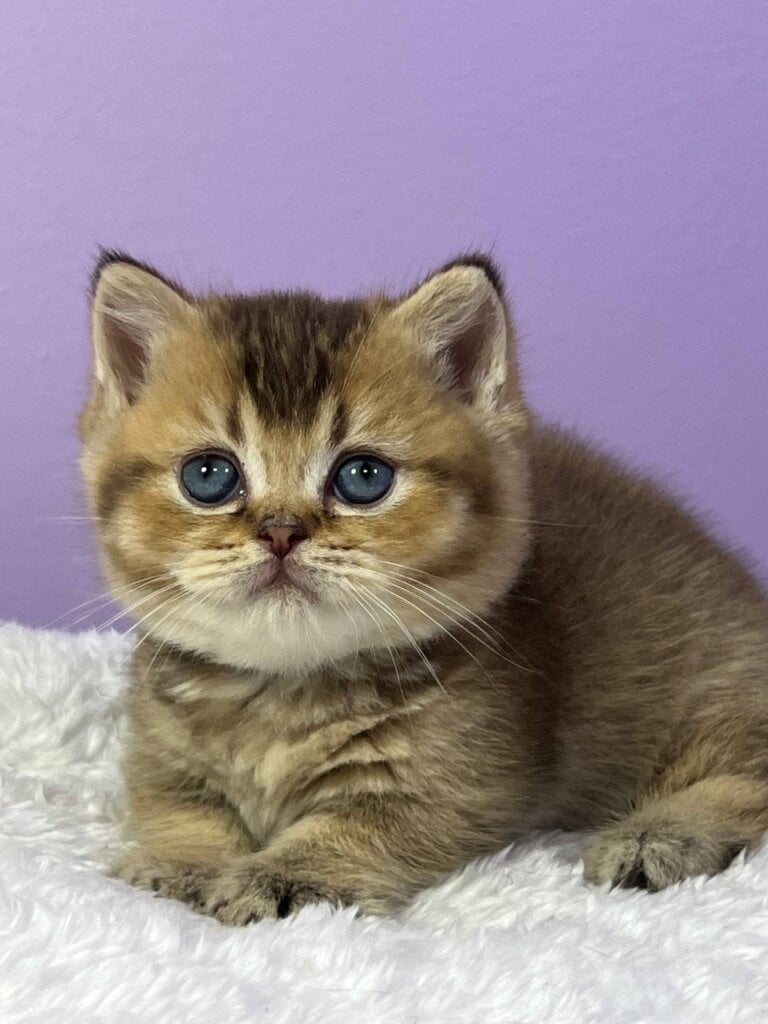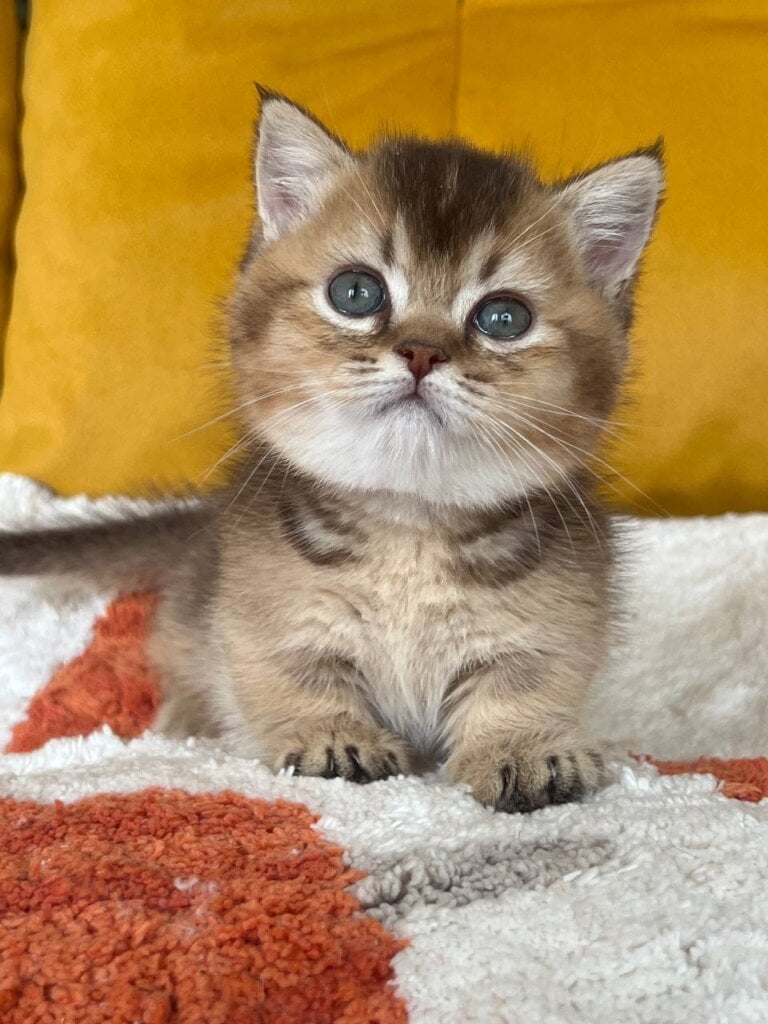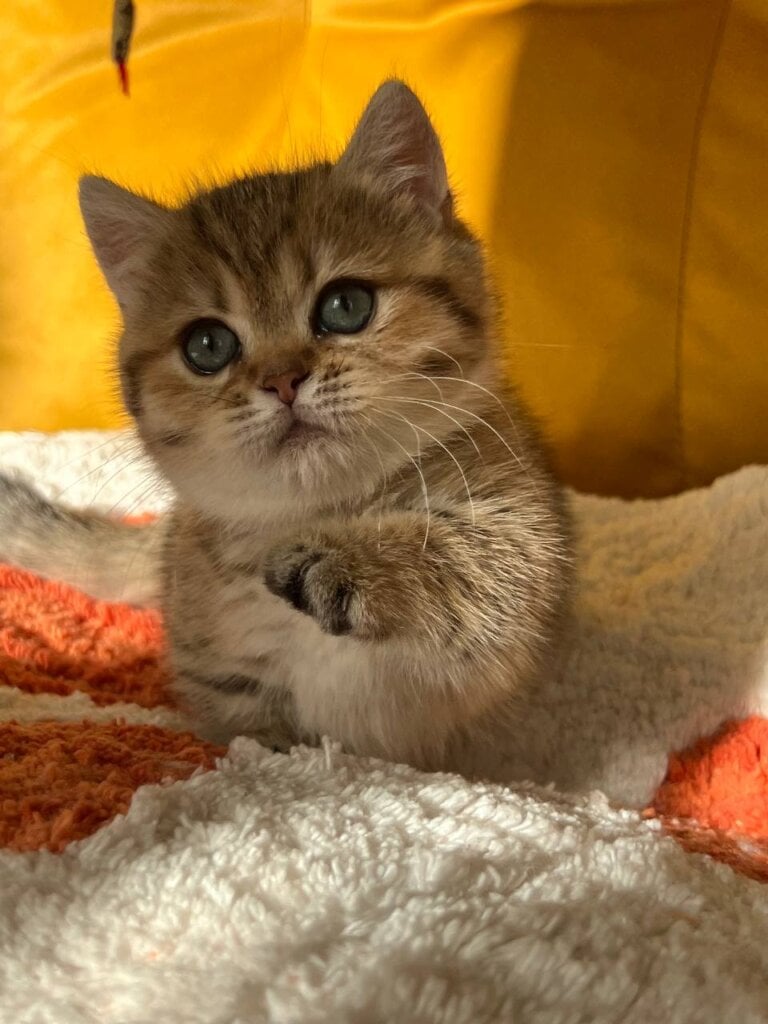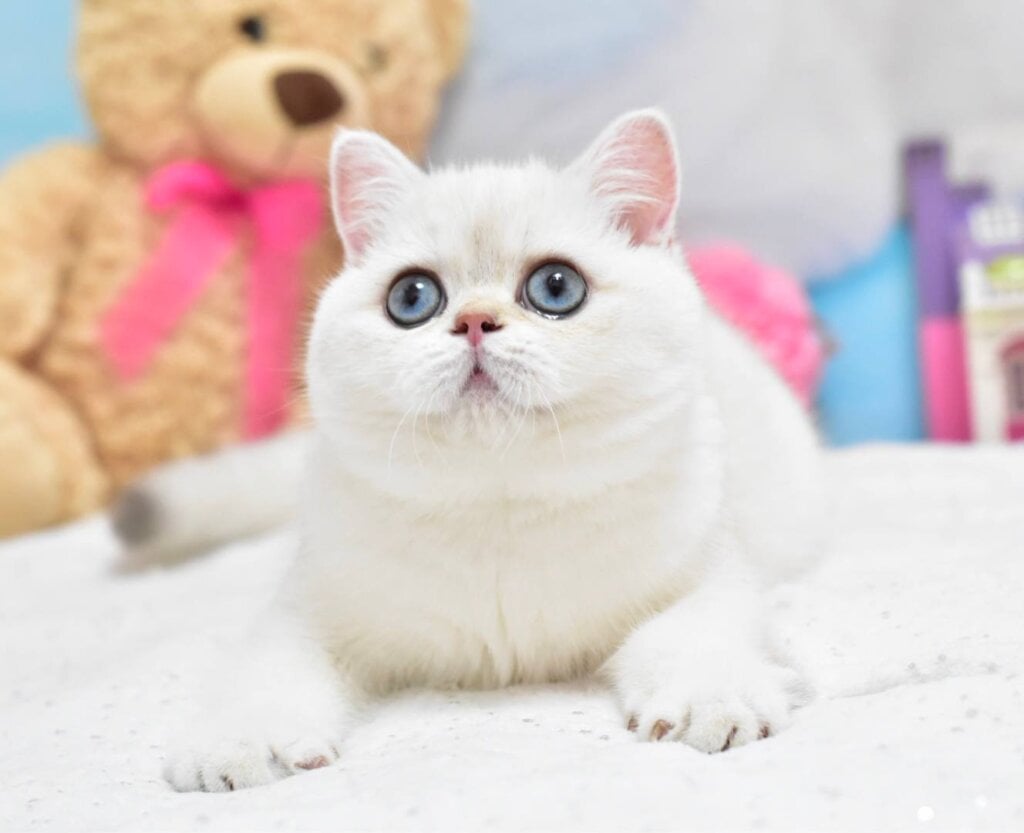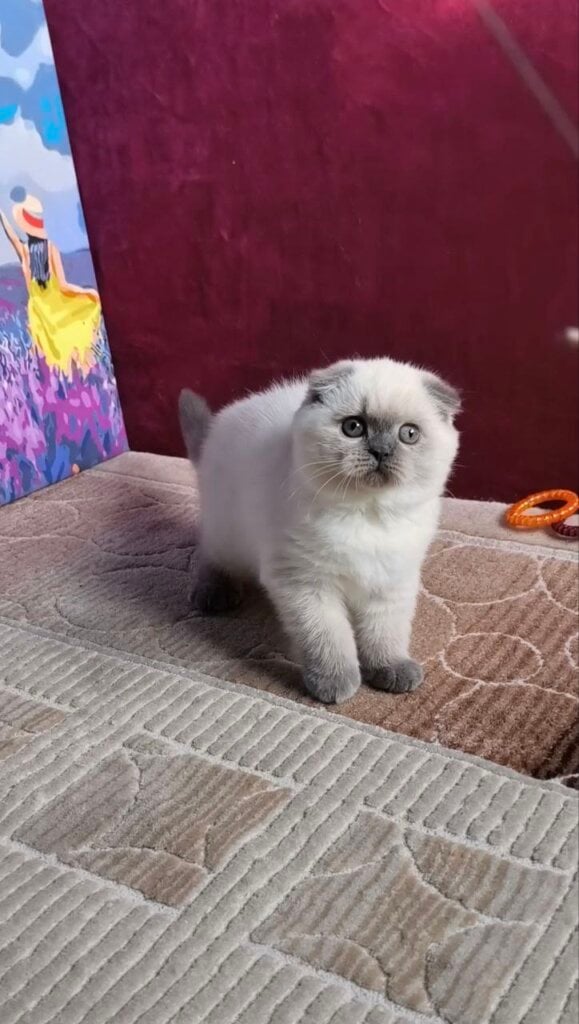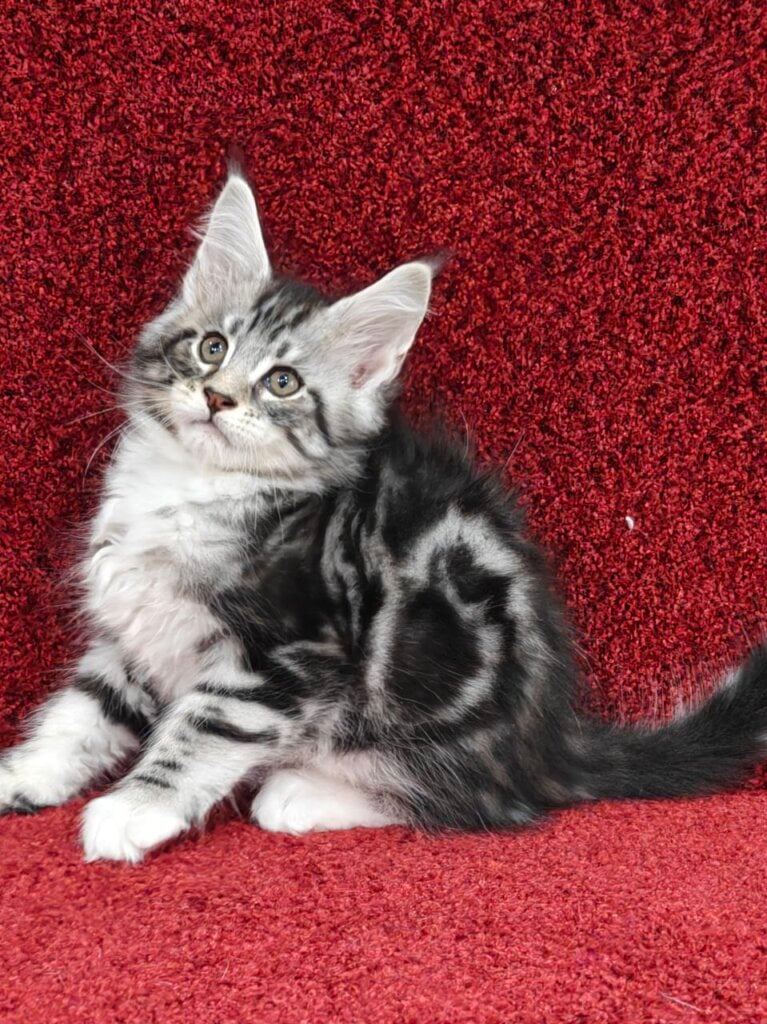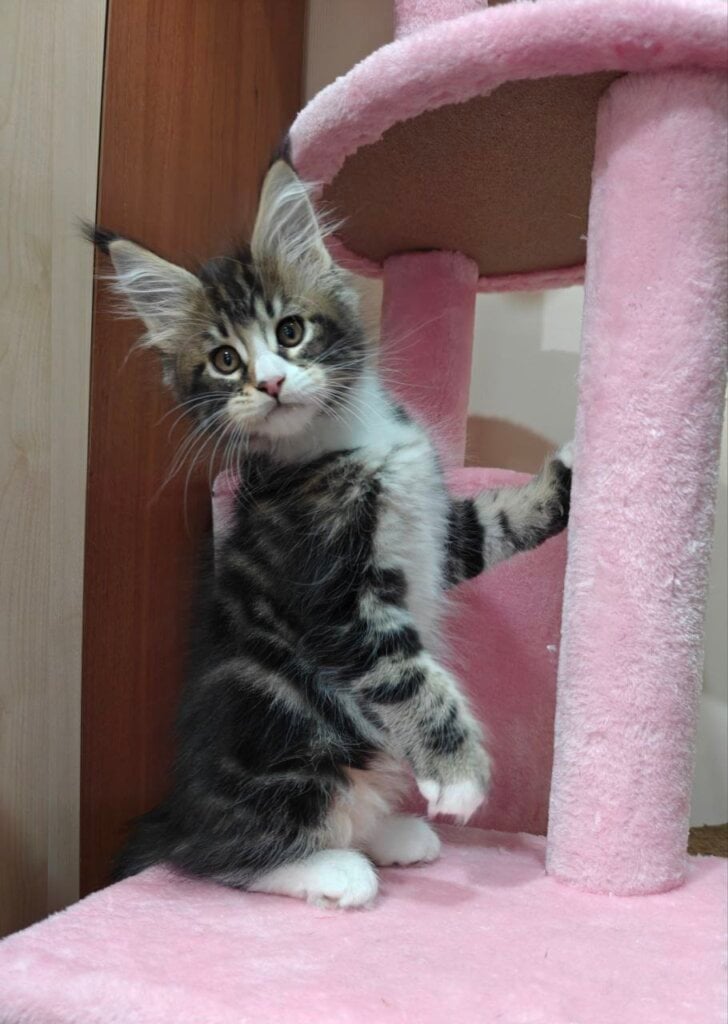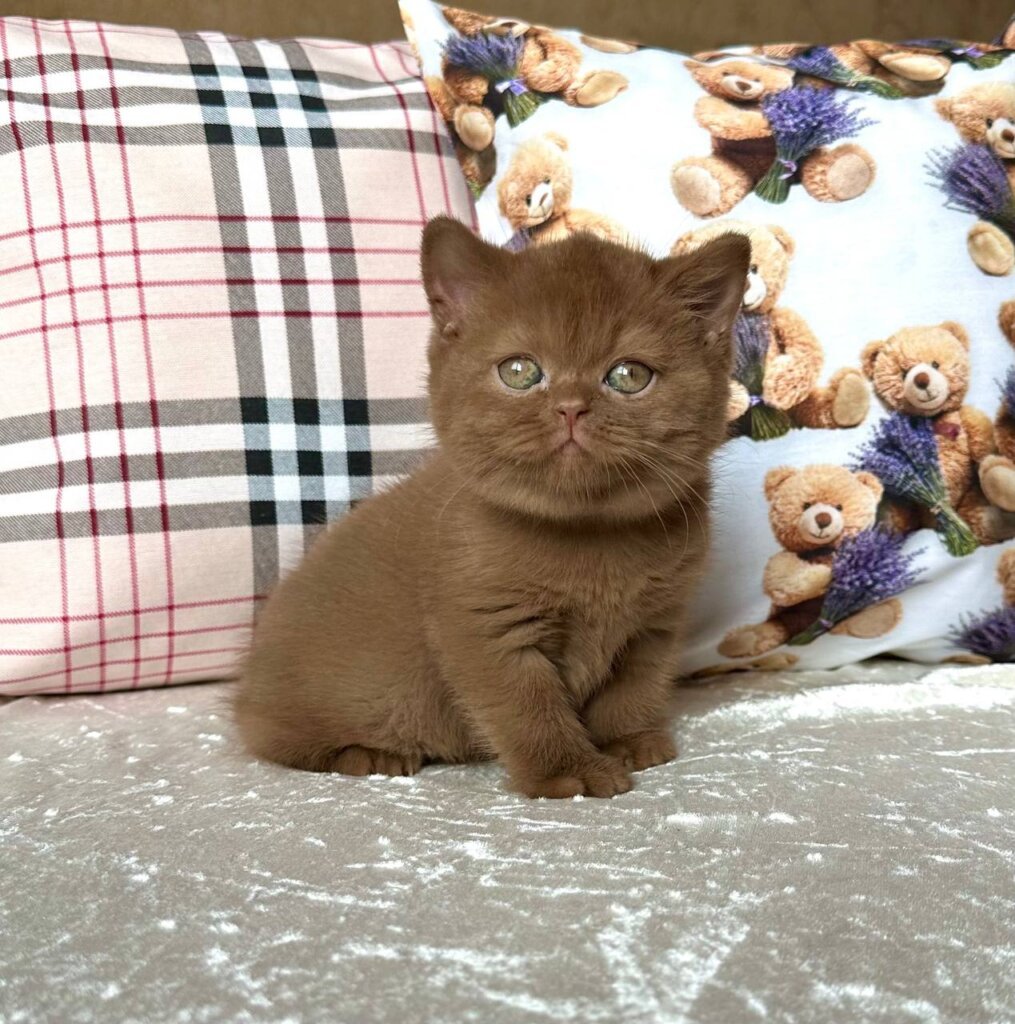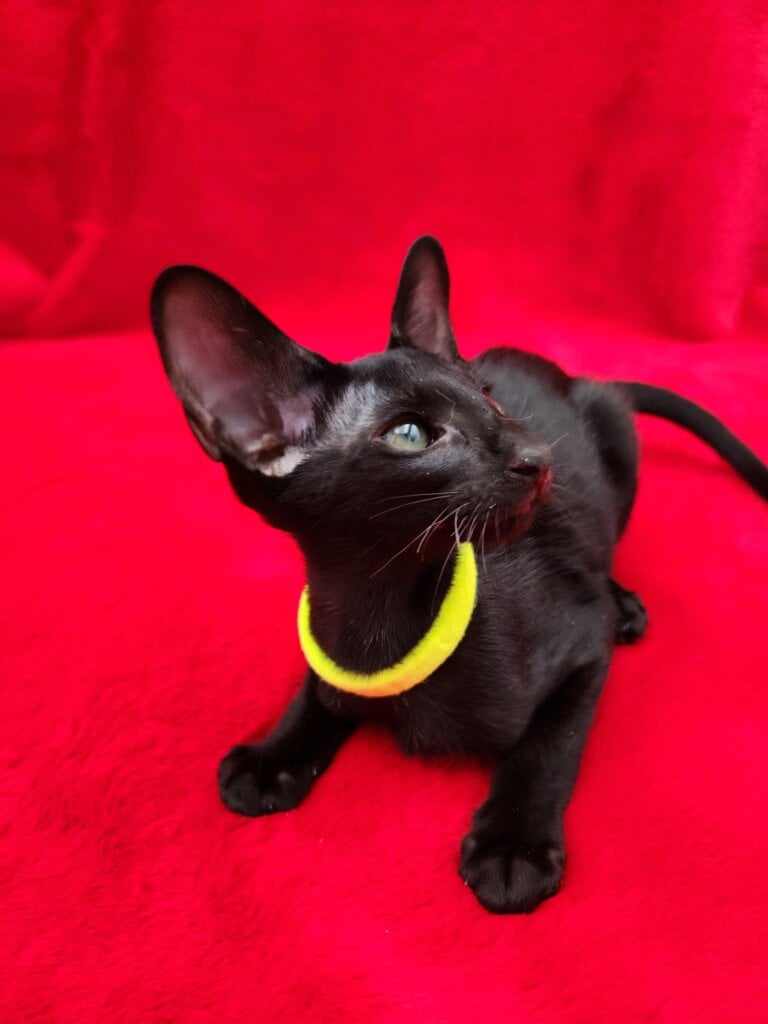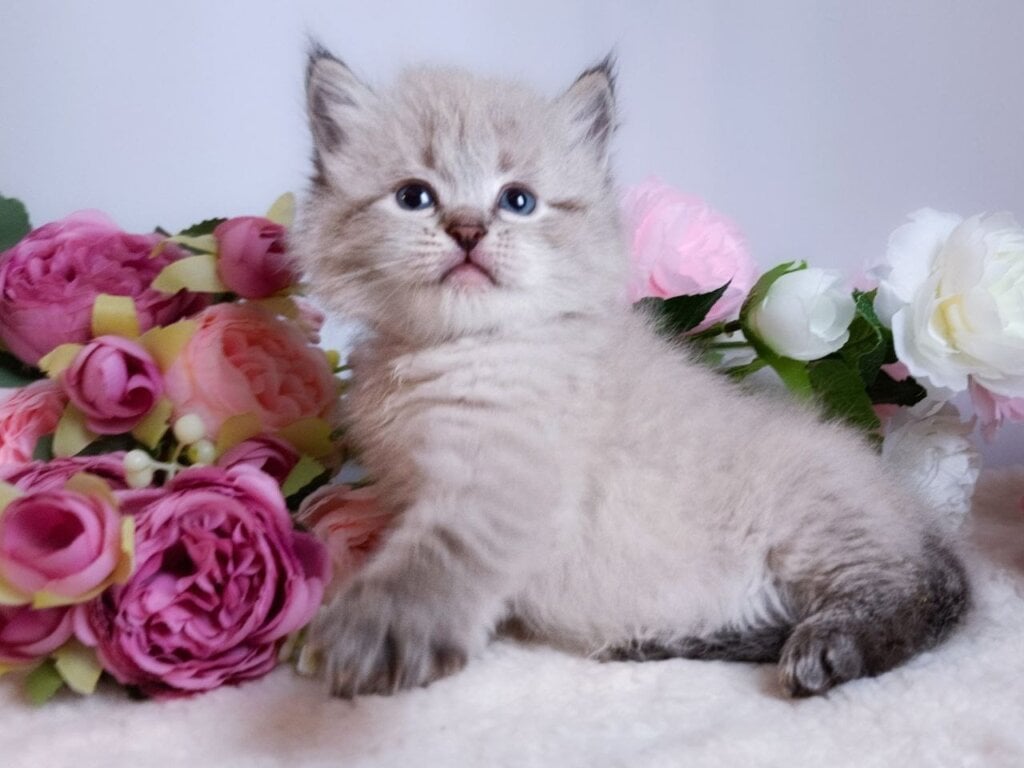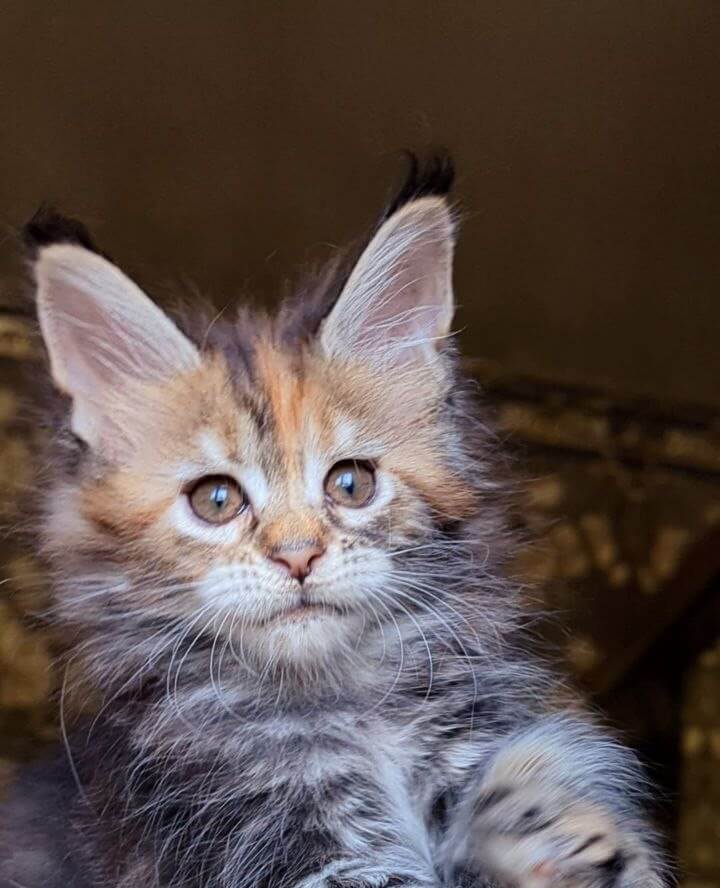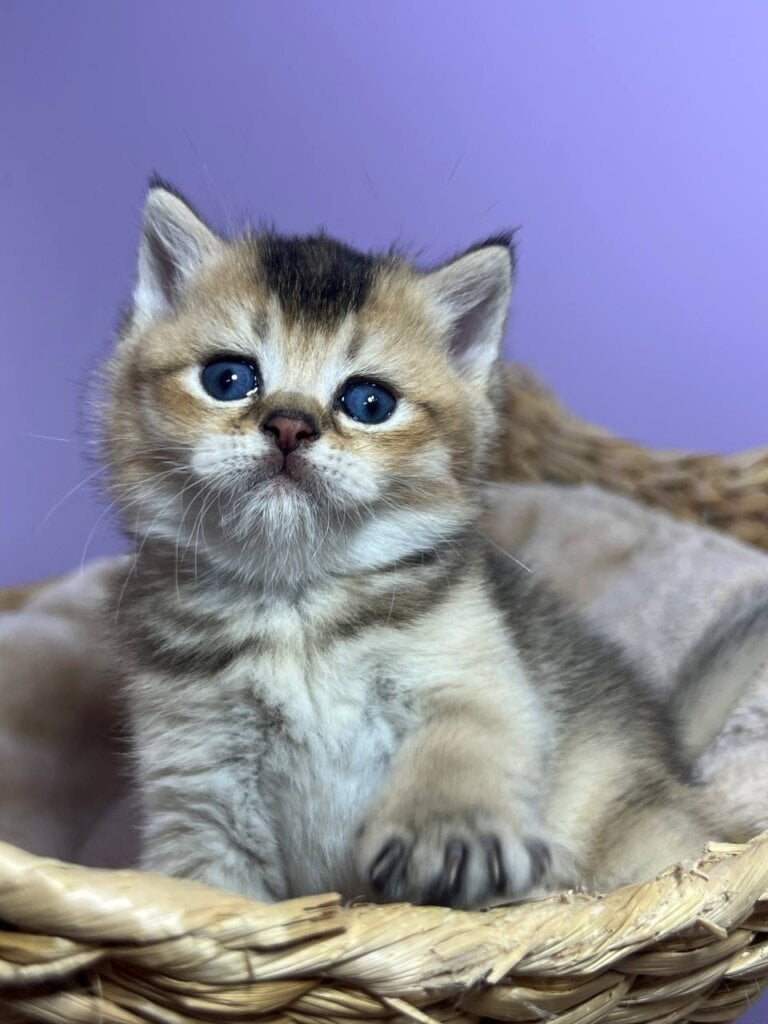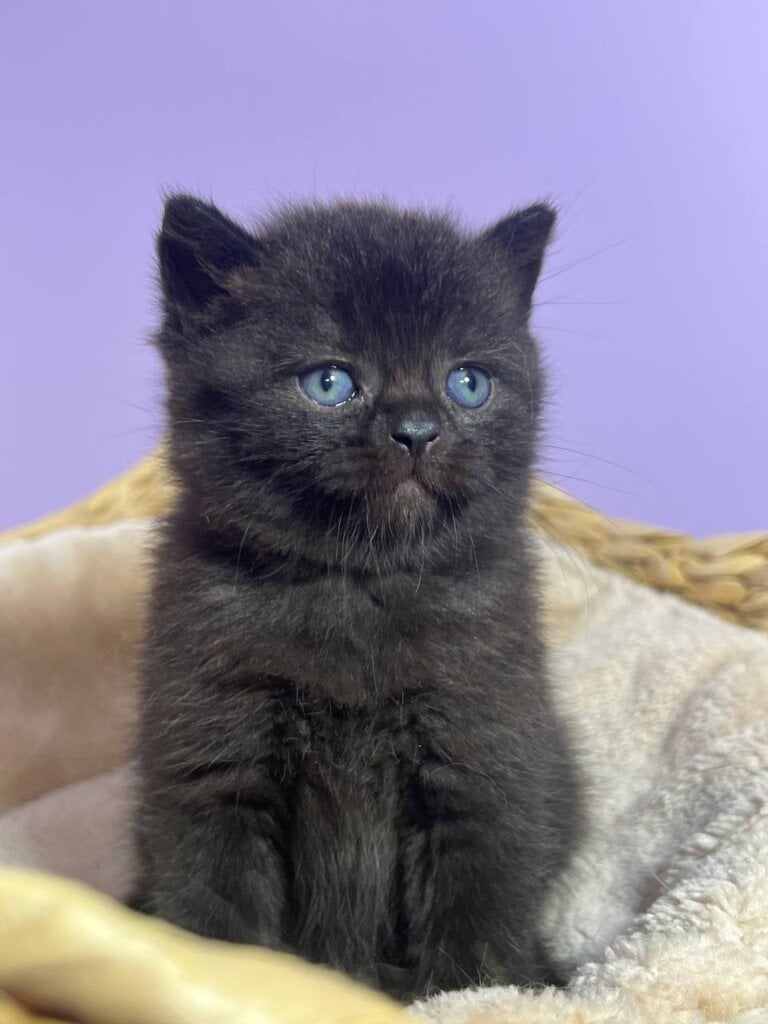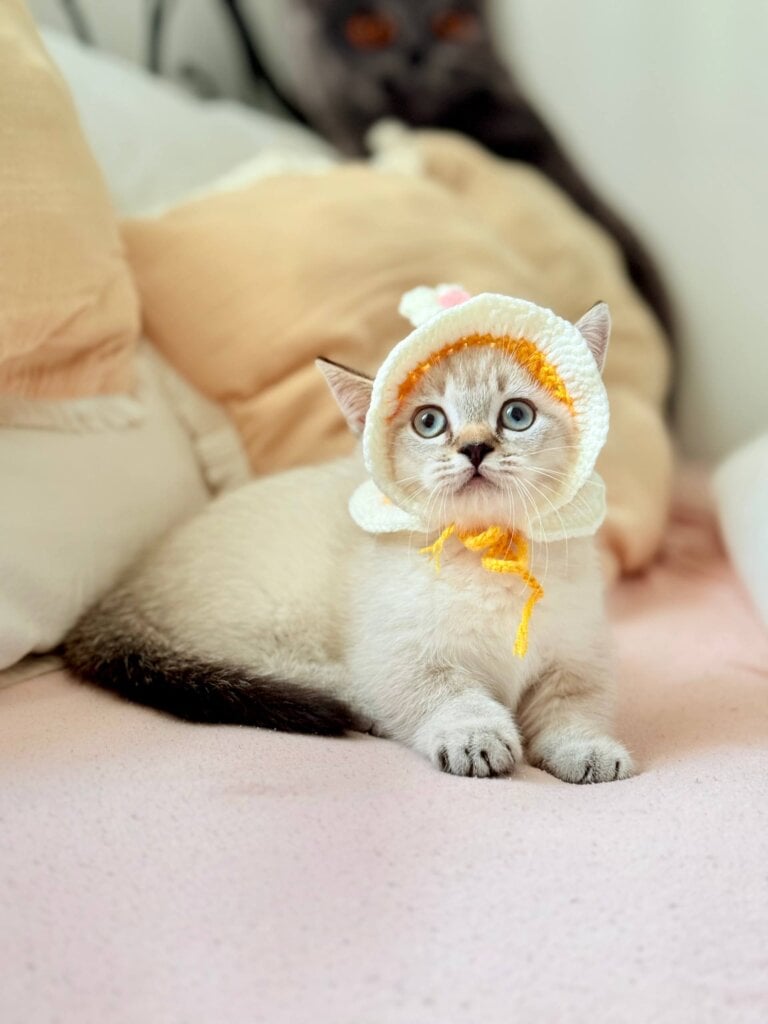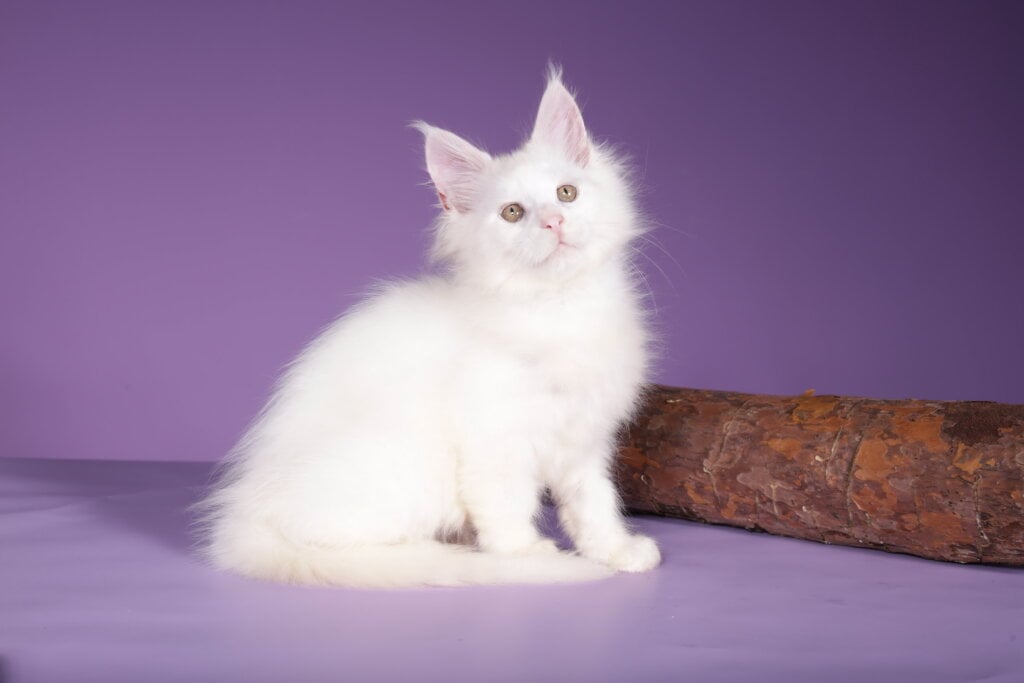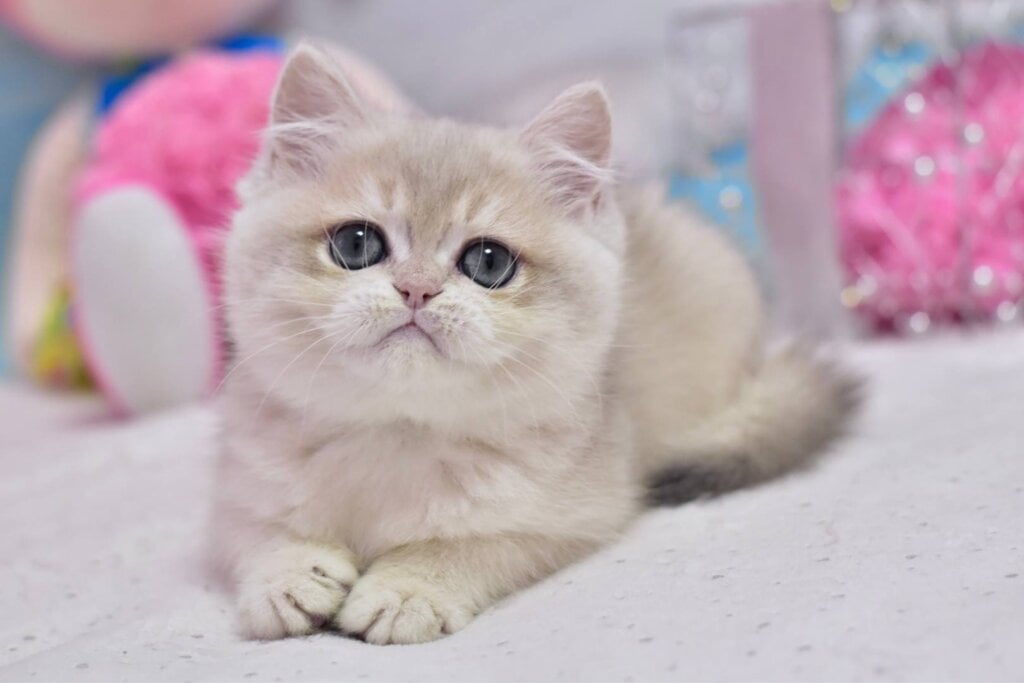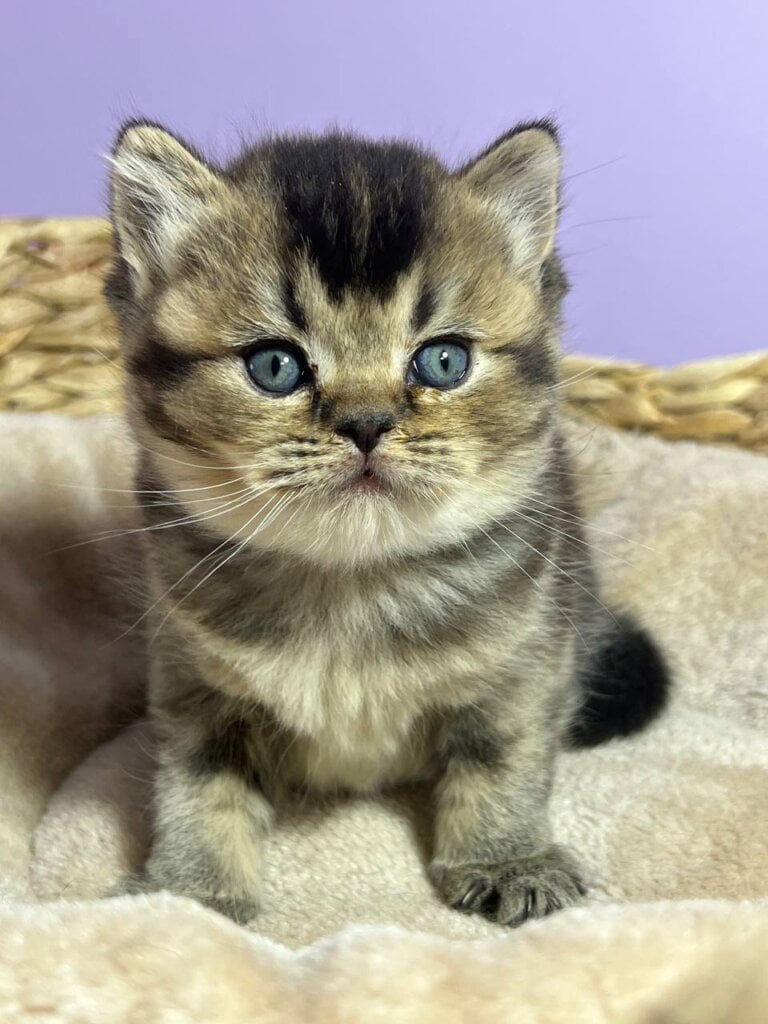Adoption vs Buying Kittens: Which Is Right for You?
Adoption vs Buying Kittens: Which Is Right for You?
Deciding whether to adopt or buy a kitten is a practical and emotional choice that depends on cost, health certainty, socialization, and ethical priorities. This guide explains the key differences between adopting from a shelter and purchasing a purebred kitten from a reputable breeder, helping you weigh predictability of traits against welfare impact and long-term costs. Readers will learn how adoption processes work, what to expect when buying from a breeder, how health guarantees differ, and practical tips for socialization and preparing your home. The article also compares upfront and ongoing expenses, offers checklists to verify ethical sources, and includes tables that break down typical fees and breeder attributes for clear decision-making. By the end, you’ll have a structured approach to choose the path—adopt vs buy kitten—that best fits your lifestyle, finances, and values, with actionable steps to ensure a healthy start for your new companion.
What Are the Key Differences Between Adopting and Buying a Kitten?
Adopting typically means rehoming a cat from a shelter or rescue where history may be limited but intake procedures usually include vaccinations and basic vetting; buying usually refers to acquiring a kitten from a breeder where lineage and health records are more documented. Adoption emphasizes welfare impact—reducing overcrowding and saving lives—while buying emphasizes predictability in appearance and temperament that comes with pedigree. Cost differences, transparency of medical history, and the ability to return or receive breeder support vary between the two paths. Understanding those differences helps prospective owners match their priorities—cost and social mission versus predictability and documented health—to the right acquisition route. Below are concise comparison bullets to highlight snippet-ready distinctions.
- Cost: Adoption fees usually lower up front; breeder prices for purebreds are higher but often include specific health services.
- Health & History: Shelters often provide basic vaccines and spay/neuter; reputable breeders can provide pedigrees, test results, and guarantees.
- Predictability: Purebred kittens offer more predictable traits; shelter kittens offer unexpected personalities and the chance to rescue.
How Does the Adoption Process from Shelters Work?
Shelter adoption begins with an application and screening to ensure fit between adopter and animal; this usually includes questions about home environment, previous pet experience, and expectations. Shelters commonly require an adoption fee that covers intake medical care such as vaccinations, deworming, and spay/neuter or a plan to complete it, and they may perform basic behavioral assessments before placement. Timeline from application to final adoption varies from days to a few weeks depending on screening, availability, and whether a home visit or reference checks are requested. Understanding these steps helps potential adopters prepare documentation and plan for initial veterinary follow-up after taking the kitten home.
The price of adoption can be a significant factor in a person’s decision to bring a cat into their home.
Cat Adoption Price: Factors Influencing Choice and Outcomes
The cat adoption price was in their decision to purchase/adopt the cat. The study also examined the determinants of cat choice and outcomes for adult cats and kittens adopted from an Australian animal shelter. The study found that cat adoption price was an important factor for many people when deciding to adopt a cat.
Determinants of cat choice and outcomes for adult cats and kittens adopted from an Australian animal shelter, P Bennett, 2015
What Is the Buying Process from a Reputable Breeder Like MeoWoff Kittens?
Buying from a reputable breeder follows a structured reservation and purchase flow: interested buyers usually inquire, place a deposit or reservation, and coordinate a viewing or meeting before finalizing the sale. Reputable breeders provide veterinary examinations, vaccinations, deworming, and microchipping prior to rehoming, and may supply documentation that accompanies the kitten at transfer. Some breeders use the term “adoption process” to describe their structured reservation and placement procedure, which differs from shelter adoption but aims to ensure responsible placements. MeoWoff Kittens operates as a purebred kitten breeder and seller that sources kittens from WCF-registered European catteries, and offers a one-year genetic health guarantee plus post-purchase support as part of its purchase protocols.
What Are the Typical Costs of Adoption vs Buying a Kitten?
Adoption fees commonly range from low-to-moderate amounts and often include vaccinations, microchipping, and spay/neuter or discounts toward those services; these fees offset shelter care and administrative costs. Buying a purebred kitten typically involves a higher upfront purchase price that can include vet checks, initial vaccinations, microchipping, and registration paperwork depending on the breeder. Long-term costs—food, routine vet care, emergency care, and preventive treatments—apply regardless of source, but some breeder-included services can reduce immediate post-purchase expenses. Knowing typical inclusions and expected first-year budgets helps prospective owners compare the real cost of adoption vs buying a kitten.
How Do Health and Genetic Guarantees Differ Between Adoption and Buying?
Shelters prioritize immediate medical stabilization, vaccinations, and parasite control, and they usually provide whatever records they have for the animal; long-term genetic histories are often unavailable. Reputable breeders can provide pedigrees, health screening results for parent cats, and formal guarantees covering genetic conditions for a defined period. A one-year genetic health guarantee from a breeder reduces buyer risk for certain hereditary conditions but always carries limitations that should be clearly outlined in a contract. Regardless of source, adopters and buyers should schedule a full veterinary exam after acquisition to confirm health status and establish ongoing preventive care.
What Are the Benefits of Adopting a Kitten from a Shelter or Rescue?
Adopting a kitten saves a life and directly reduces shelter overcrowding by creating space for another animal in need. Adoption tends to be more affordable up front and often includes core veterinary care such as vaccinations, deworming, and microchipping, which lowers initial barriers to ownership. Shelters and rescues frequently perform behavioral assessments and can match adopters to kittens with temperaments suited to their homes, which reduces the chance of rehoming later. Those who prioritize animal welfare, community impact, and saving a life will find adoption especially rewarding and aligned with ethical animal stewardship.
- Emotional Impact: Adoption rescues animals from uncertain futures and often yields strong human–animal bonds.
- Affordability: Lower upfront fees with many medical basics included make adoption accessible for many households.
- Support & Screening: Shelters screen adopters and provide behavior guidance to improve long-term matches.
Adopters should expect to follow shelter guidance on follow-up vet care and to invest in socialization and enrichment, which leads into understanding broader population-level benefits.
How Does Adoption Help Reduce Pet Overpopulation?
Adoption reduces pet overpopulation by decreasing the number of animals in shelters and lowering the need for euthanasia when capacity is limited. Shelters partner with spay/neuter programs, community outreach, and public education to prevent unintended litters, and adopting a shelter kitten directly supports those systems. When individuals choose adoption, they contribute to a cycle of fewer breeding cycles and increased resources for care and rehabilitation of other animals. This population-level benefit strengthens community animal welfare and reduces the human and financial costs associated with unmanaged populations.
What Are the Common Health and Behavioral Traits of Shelter Kittens?
Shelter kittens often arrive with variable histories that can include unknown maternal care, prior exposure to pathogens, or stress-related behaviors from intake and housing. That said, shelters typically address initial medical needs—vaccinations, deworming, and basic exams—and many provide foster-based socialization which improves outcomes. Behavioral traits can range from highly social to shy or fearful; rescues often document observed behaviors and can advise on targeted socialization plans. New owners should plan for acclimation time, enrichment, and follow-up vet care to support shelter kittens in adjusting to home environments.
Early experiences during a kitten’s sensitive developmental period are crucial for their behavioral development and welfare.
Kitten Fostering and Socialization: Impact on Behavioral Development
Many companion kittens entering shelters are fostered by volunteer community members during the sensitive period for socialisation (~2 to 9 weeks of age) when early experiences are critical to behavioural development. Using a mixed-method survey, we explored current fostering practices relevant to kitten behavioural development and welfare. Foster caretaker participants (n = 487) described their fostering practices and reported providing kittens with a majority of recommended socialisation experiences, such as handling and exposure to various toys and exploratory items.
Understanding kitten fostering and socialisation practices using mixed methods, C Graham, 2024
What Are the Typical Adoption Fees and What Do They Cover?
Adoption fees vary by region and organization but commonly include intake veterinary care such as core vaccinations, microchipping, deworming, and often spay/neuter or a voucher toward that procedure. Administrative costs, behavioral assessments, and the resources required to care for animals while they wait for placement also factor into fees. Verifying exactly what a fee covers helps adopters budget realistically and avoids unexpected expenses after bringing a kitten home. Confirming included services and obtaining written records from the shelter ensures transparency and smooth transition to private veterinary care.
Why Choose a Reputable Breeder for Your Purebred Kitten?
Choosing a reputable breeder offers predictability in temperament, size, and appearance through documented lineage, which can be important for owners seeking specific breed traits or maintenance requirements. Ethical breeders prioritize health testing, transparent contracts, and responsible early care—practices that increase the likelihood of a healthy, well-socialized kitten and provide recourse if genetic issues arise. Reputable breeders typically support buyers with post-purchase advice and may offer health guarantees that reduce some buyer risk. Below is a checklist-style table to evaluate breeder attributes when assessing ethical practices and documentation.
| Breeder Attribute | What to Expect | Questions to Ask |
|---|---|---|
| Registration & Lineage | Documented pedigree from recognized registries | Can you provide registration papers and parent pedigrees? |
| Health Testing & Guarantees | Genetic testing and formal guarantee periods (e.g., 1-year) | Which tests were performed and what does the guarantee cover? |
| Veterinary Care | Pre-sale exams, vaccinations, deworming, microchipping | What veterinary records accompany the kitten at transfer? |
| Socialization & Environment | Early handling, exposure to household noises and people | Can I visit the cattery or see photos/videos of kittens with family? |
What Defines a Responsible and Ethical Kitten Breeder?
A responsible breeder maintains transparent records of parentage and health testing, allows prospective buyers to view the living environment, and provides clear contractual terms including health guarantees and return policies. Ethical breeders prioritize the welfare of breeding cats and kittens, avoid overbreeding, and ensure early socialization and veterinary care prior to rehoming. Registration with recognized bodies and the ability to produce documentation for both lineage and testing are strong indicators of ethical practice. Prospective buyers should request records, ask for vet references, and confirm return or rehoming policies in writing.
Focusing solely on a purebred kitten’s appearance can overlook critical aspects of its health and temperament, potentially impacting its overall welfare.
Purebred Kitten Welfare: Appearance vs. Health and Temperament
Prioritization of appearance over health and temperament is detrimental to the welfare of purebred dogs and cats. This is not restricted to breed type; chubby puppies and kittens in particular are often considered cute, and a registered pedigree, is no guarantee of health, and it is important to consider the health and temperament of the parents.
Prioritization of appearance over health and temperament is detrimental to the welfare of purebred dogs and cats, V Gaillard, 2024
How Do Champion Bloodlines and Predictable Traits Benefit Buyers?
Champion bloodlines and registered pedigrees provide buyers insight into likely temperament, size, coat type, and potential health predispositions, which helps match a kitten to an owner’s lifestyle and grooming capacity. Predictability can reduce surprises for families who need specific activity levels or grooming investments, and it aids planners who want a kitten for show or breeding under ethical standards. That said, predictable traits do not eliminate variability, so observing parents’ behaviors and discussing expectations with the breeder remains important. For buyers prioritizing consistency, documented lineage offers measurable advantages over unknown-origin kittens.
What Health Guarantees and Post-Purchase Support Do Reputable Breeders Provide?
Reputable breeders commonly offer a defined health guarantee that covers certain hereditary or congenital conditions for a specified period and provide copies of veterinary records showing vaccinations and pre-sale exams. Post-purchase support can include behavioral advice, feeding guidance, and a willingness to accept returns if serious health issues arise or the owner cannot keep the animal. Guarantees vary in scope and often require proof of regular veterinary care to remain valid; buyers should read contracts carefully and retain all documentation. These measures reduce some buyer risk while underscoring the need for an independent veterinary check after acquisition.
How Do Cost Factors Compare Between Adoption and Buying Purebred Kittens?
Cost comparison requires looking at upfront fees, what those fees include, and projected long-term expenses such as routine care and potential genetic disease management. Adoption typically minimizes upfront costs, with shelters covering initial vaccinations and often spay/neuter, while buying a purebred kitten involves a higher purchase price but may include veterinary services, registration, and guarantees that offset some immediate expenses. Long-term ownership costs—food, preventive care, vaccines, and emergencies—are similar across sources, but documented breeder testing and guarantees can reduce the probability of certain expensive hereditary conditions. Below is a compact EAV table to quantify typical cost attributes for shelters versus reputable breeders.
| Source | Upfront Cost / Typical Fee Coverage | Long-term Risk & Notes |
|---|---|---|
| Shelter / Rescue | Lower fee; commonly includes core vaccines, microchipping, and spay/neuter or voucher | Unknown genetic history; variable behavioral background |
| Reputable Breeder | Higher purchase price; often includes vet exam, vaccinations, microchip, and registration | Documented lineage and genetic testing may lower certain hereditary risks |
| Comparative Insight | Shelter: lower initial outlay; Breeder: higher initial investment with specific documentation | Consider warranty/guarantee terms and required follow-up care |
This comparison clarifies which expenses are commonly covered up front and which long-term risks differ by source.
What Are the Upfront and Long-Term Costs of Buying a Purebred Kitten?
Buying a purebred kitten often carries a higher initial purchase price that can include veterinary examinations, vaccinations, deworming, microchipping, and registration paperwork, depending on the breeder. Buyers should anticipate first-year costs such as spay/neuter (if not included), routine vaccinations, preventive parasite control, quality nutrition, and possible insurance premiums if chosen. Over several years, routine veterinary visits, dental care, and unexpected medical issues form the bulk of ongoing costs; breeders’ health guarantees can sometimes offset costs tied to genetic conditions within their coverage period. Evaluating the breeder’s included services and guarantee terms clarifies the total first-year financial commitment.
How Do Adoption Fees Compare and What Additional Expenses Should You Expect?
Adoption fees are typically lower and designed to offset shelter care; they commonly cover initial vaccinations, deworming, microchipping, and sometimes spay/neuter or a coupon for the procedure. Additional expected expenses after adoption include a full veterinary exam, potential booster vaccinations, preventive parasite treatments, and behavior or socialization support if needed. Budgeting for a kitten’s first year should include food, litter, supplies, vaccines, and an emergency fund to avoid surprises. Knowing exactly what the adoption fee includes and scheduling a prompt veterinary check helps adoptive owners plan finances effectively.
Can Buying from a Reputable Breeder Offset Future Health Expenses?
Buying from a breeder that conducts health testing, documents pedigrees, and offers formal guarantees can reduce the likelihood of inheritable conditions and provide recourse if covered issues arise during the guarantee period. However, guarantees often have limitations and require adherence to veterinary care schedules, so they do not eliminate all future costs. Preventive screening and early intervention prompted by breeder-provided records can improve outcomes and potentially reduce long-term expenditures. Buyers should weigh the cost of a breeder’s upfront services and guarantees against the statistical risk of genetic conditions when assessing overall value.
How Does Kitten Socialization and Early Development Differ Between Adoption and Buying?
Early socialization—exposure to people, sounds, handling, and routines—shapes a kitten’s temperament and confidence, especially during the critical window roughly between two and twelve weeks of age. Breeder-raised kittens often experience intentional, repeated handling and introductions to household stimuli as part of standardized early care, which supports smoother transitions to homes. Shelter kittens’ socialization varies widely depending on shelter resources and whether the kitten spent time in foster care; some require targeted rehabilitation and enrichment to catch up. Understanding these differences helps owners plan socialization steps and targeted interventions after bringing a kitten home.
| Kitten Source | Socialization Practices | Typical Age at Rehoming |
|---|---|---|
| Reputable Breeder | Structured handling, exposure to household noises, early vet checks | Often rehomed after key socialization milestones and vet protocols |
| Shelter / Rescue | Varies: in-shelter handling or foster socialization; resource-dependent | Rehoming age varies; sometimes earlier due to intake pressures |
| Practical Note | Confirm socialization environment and ask for handling history | Early enrichment can mitigate gaps regardless of source |
This table clarifies expected socialization practices and practical steps to assess or supplement early development.
Why Is Early Socialization Important for Kitten Behavior?
Early socialization determines how a kitten responds to people, other animals, and novel environments throughout life by establishing foundational behavioral patterns during a sensitive developmental window. Adequate exposure to gentle handling, household sounds, and varied interactions reduces fearfulness and supports confident exploratory behavior later on. Insufficient socialization can produce long-term stress responses, fear-related aggression, or avoidance of handling, which require deliberate rehabilitation. Recognizing the critical period motivates owners to implement consistent, positive exposure and enrichment practices during the first months.
How Do Breeders Like MeoWoff Ensure Proper Kitten Socialization?
Responsible breeders follow deliberate early-handling protocols, gradually introduce kittens to household stimuli, and monitor behavior to ensure kittens develop confidence and friendly dispositions before rehoming. MeoWoff Kittens, operating as a purebred kitten breeder and seller sourcing kittens from WCF-registered European catteries, provides veterinary examinations, vaccinations, deworming, microchipping, and post-purchase support as part of its protocols, and uses a structured “adoption process” term to describe its reservation and placement workflow. Post-purchase support from breeders helps owners continue socialization and address early behavioral questions, which supports long-term adjustment. Asking breeders about handling frequencies and opportunities to observe kittens with people helps verify socialization practices.
What Behavioral Challenges Might Shelter Kittens Face?
Shelter kittens may exhibit stress responses such as hiding, overstimulation, or fear-based aggression due to prior experiences, intake stress, or limited early handling in a shelter environment. Rehabilitation typically involves patient desensitization, consistent gentle handling, enrichment that encourages exploration, and gradual exposure to household routines; owners should expect a variable adjustment timeline. When behavioral concerns persist or escalate, consulting a veterinarian or certified behaviorist helps differentiate medical from learned behaviors and provides structured intervention strategies. Early, consistent positive interactions and predictable routines significantly accelerate behavioral recovery.
What Should You Consider When Preparing to Bring a New Kitten Home?
Preparing for a new kitten includes assembling essential supplies, kitten-proofing spaces, scheduling an initial veterinary appointment, and planning introductions to family members and resident pets. Key supplies include appropriate kitten food, a safe litter box, a secure sleeping area, scratching options, and basic grooming tools; having these ready reduces stress at arrival. Scheduling a prompt veterinary visit verifies health, updates records, and establishes preventive care plans, and a slow, staged introduction process helps integrate the kitten with other household members. Planning ahead and creating a calm first-week routine supports bonding and reduces transitional anxiety for both kitten and owner.
- Essentials to prepare before arrival include a vet appointment, quality kitten food, litter setup, and a secure resting area.
- Introductions should be staged: separate spaces, scent exchange, supervised meetings, and gradual increase of interaction.
- First-week priorities: calm environment, consistent feeding and litter schedule, and short supervised play sessions.
These preparations set the stage for successful integration and lead into more detailed care needs and long-term responsibilities.
What Are the Essential Kitten Care Requirements?
Essential care starts with nutrition appropriate for kittens: high-protein, nutrient-dense food formulated for growth along with constant access to fresh water. Litter training requires a low-sided box, consistent placement, and patience with accidents while reinforcing positive behavior; most kittens adapt quickly if given predictable routines. Immediate health priorities include scheduling a veterinary exam for a wellness check, vaccine schedule, parasite screening, and discussing spay/neuter timing. Providing safe climbing, scratching posts, and interactive play supports physical development and reduces destructive behavior.
How Can You Integrate a New Kitten into a Family with Children or Other Pets?
Introduce a kitten to children and other pets gradually, starting with brief supervised interactions and strict rules for gentle handling to prevent accidental injury or fear responses. Teach children simple scripts—soft voice, slow movements, and hands-off during naps—to reinforce safe behavior and model respect for the kitten’s space. For resident pets, begin with scent exchanges and visual contact through a barrier before controlled face-to-face meetings; reward calm behavior with treats and praise. Patience and predictable routines reduce stress and build positive associations between the new kitten and household members.
What Are the Long-Term Responsibilities of Cat Ownership?
Long-term responsibilities include routine preventive veterinary care such as annual exams and vaccines, dental care, parasite prevention, and attention to behavioral enrichment and environmental complexity. Owners should budget for food, litter, enrichment items, and emergency medical funds across the cat’s lifespan, and plan for life changes such as moving or family expansions that can affect care. Providing ongoing mental stimulation, safe indoor enrichment, grooming as required by breed, and regular veterinary oversight supports a healthy, well-adjusted adult cat. Recognizing ownership as a multi-year commitment ensures the well-being of the animal and reduces the risk of future rehoming.
How Can You Ensure You Are Choosing a Responsible Kitten Source?
Ensuring a responsible source requires asking targeted questions, requesting documentation, and watching for red flags such as refusal to allow visits, inconsistent records, or multiple breeds in poor conditions. Verify health testing and registration claims by requesting paperwork and references, and confirm that contracts include return policies and transparent guarantees. Trusted registries, veterinary referrals, and local shelter networks can help validate claims and provide context on breeder reputations. The checklist below helps prospective owners evaluate breeders or shelters systematically before deciding.
- Request Documentation: Ask for vaccination records, microchip information, and health testing for parents.
- Observe Living Conditions: Insist on seeing where kittens and parents are housed or request current photos/videos.
- Confirm Policies: Ensure contracts include a health guarantee and a return or rehoming clause.
- Seek References: Ask for veterinary or previous buyer references and contact registries for pedigree verification.
What Questions Should You Ask a Breeder or Shelter?
Prioritize questions about health testing, vaccination records, socialization practices, return policies, and the kitten’s exposure to household environments. Ask what veterinary care was provided, whether the kitten is microchipped, and if the breeder or shelter will accept returns or provide support if issues arise. For breeders, request documentation for parent health tests and registrations; for shelters, ask about the kitten’s medical treatment, foster history, and behavior observations. Clear, written answers and willingness to provide records are strong indicators of transparency.
How Can You Identify Ethical Breeding Practices vs. Kitten Mills?
Red flags of unethical operations include refusal of visits, lack of paperwork, multiple breeds available in poor conditions, and pressure to purchase without documentation. Positive indicators include registration with recognized bodies, transparent health testing, visible parent animals, and clear contracts with health guarantees. Verify claims by checking registry entries when available and asking for veterinary references. If a source hesitates to provide documentation or restricts contact with parents or veterinary references, consider it a warning sign and look elsewhere.
Where Can You Find Verified Information About Breeders and Shelters?
Trusted sources include official breed registries, local humane organizations, and veterinary professionals who can confirm records or provide referrals; registry lookup and vet references help validate breeder claims. Local shelter networks and rescue coalitions often publish adoption procedures and fee breakdowns and can advise on reputable practices. Community recommendations, documented buyer references, and direct communication with veterinarians who have worked with a breeder or shelter provide practical verification. Use these avenues to corroborate claims before committing to adoption or purchase.
This article has provided a balanced, actionable comparison of adopting vs buying kittens and practical steps to verify sources, manage costs, and support healthy socialization.


